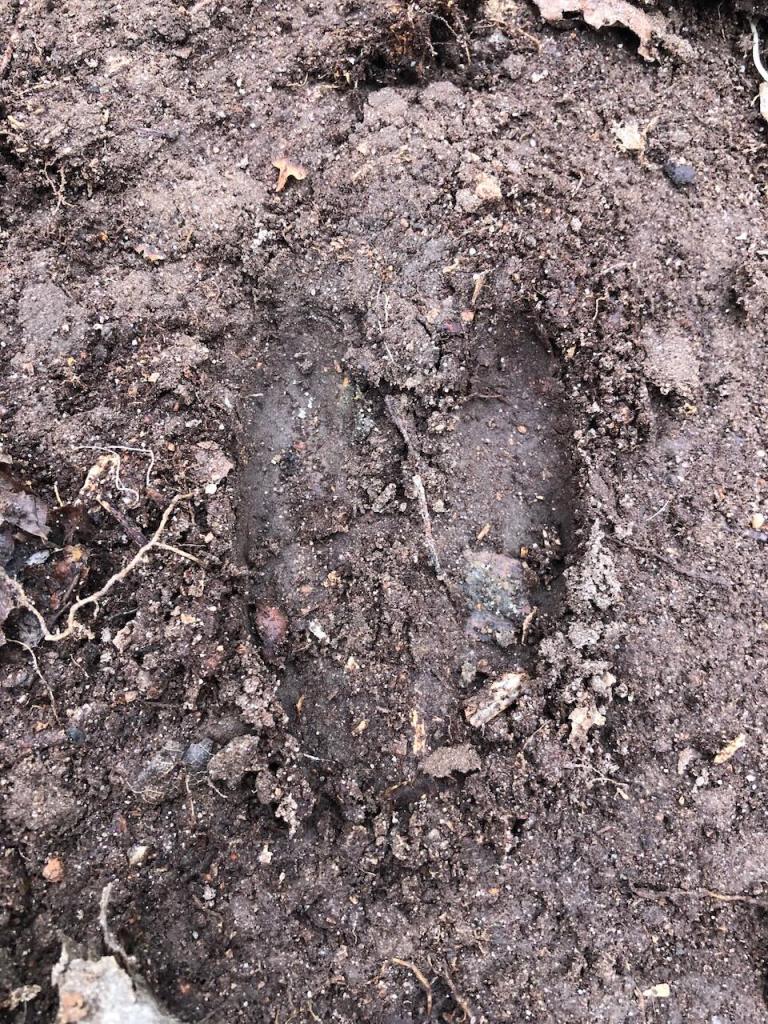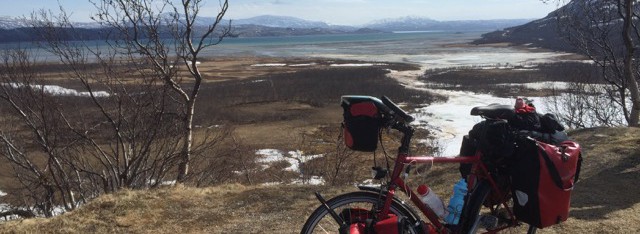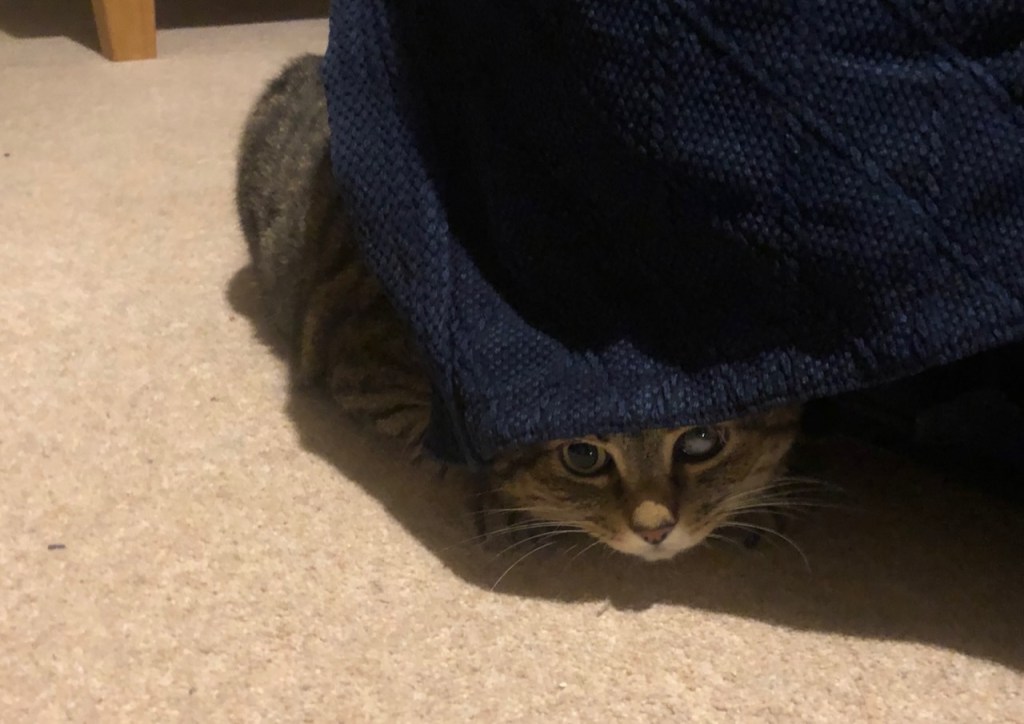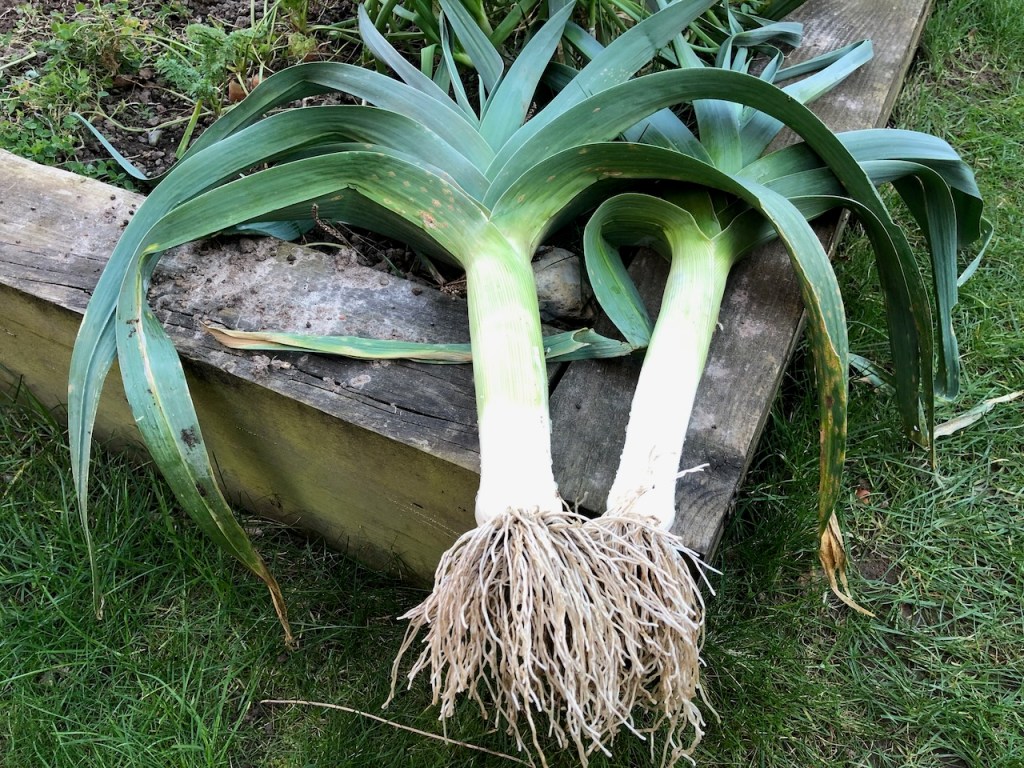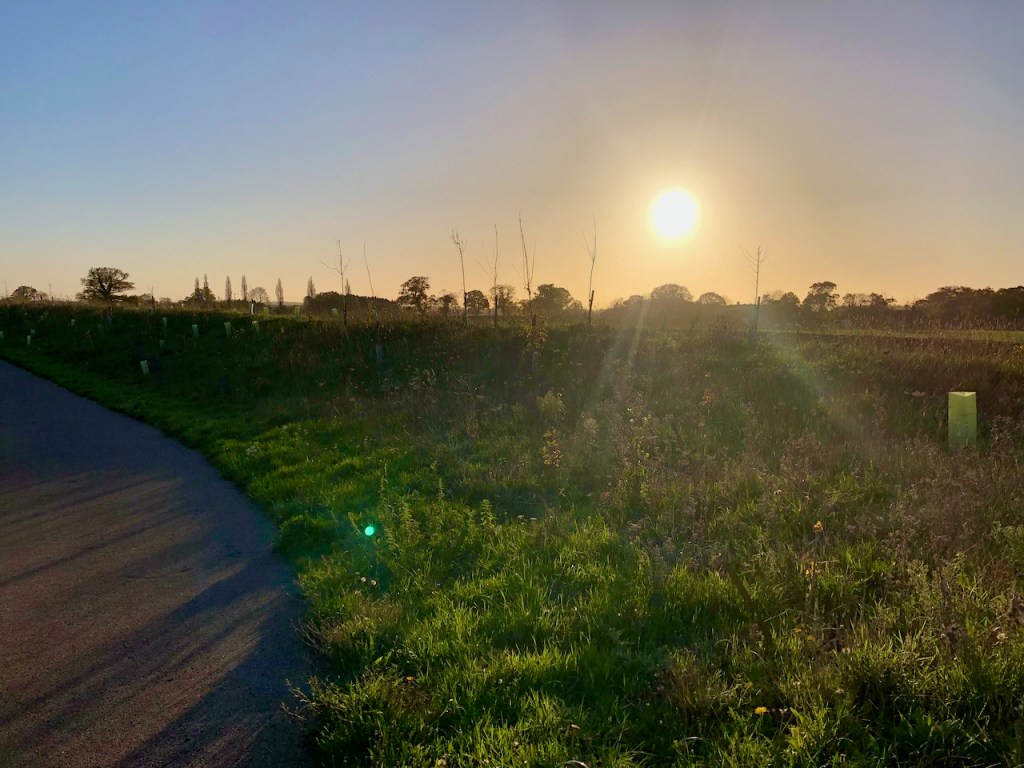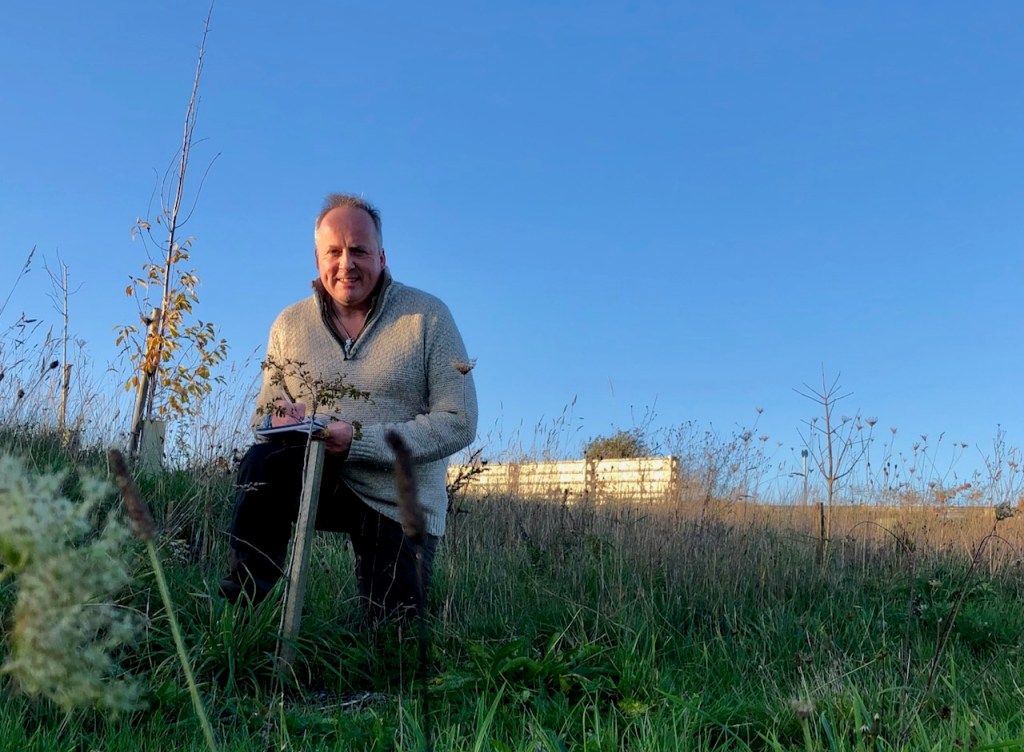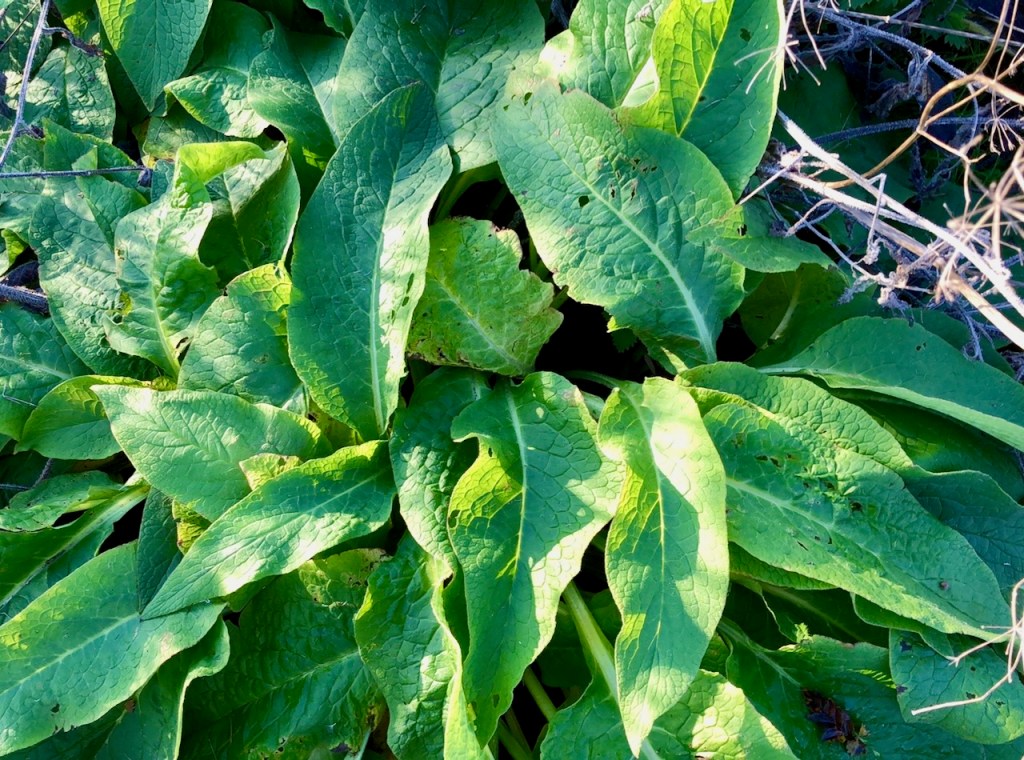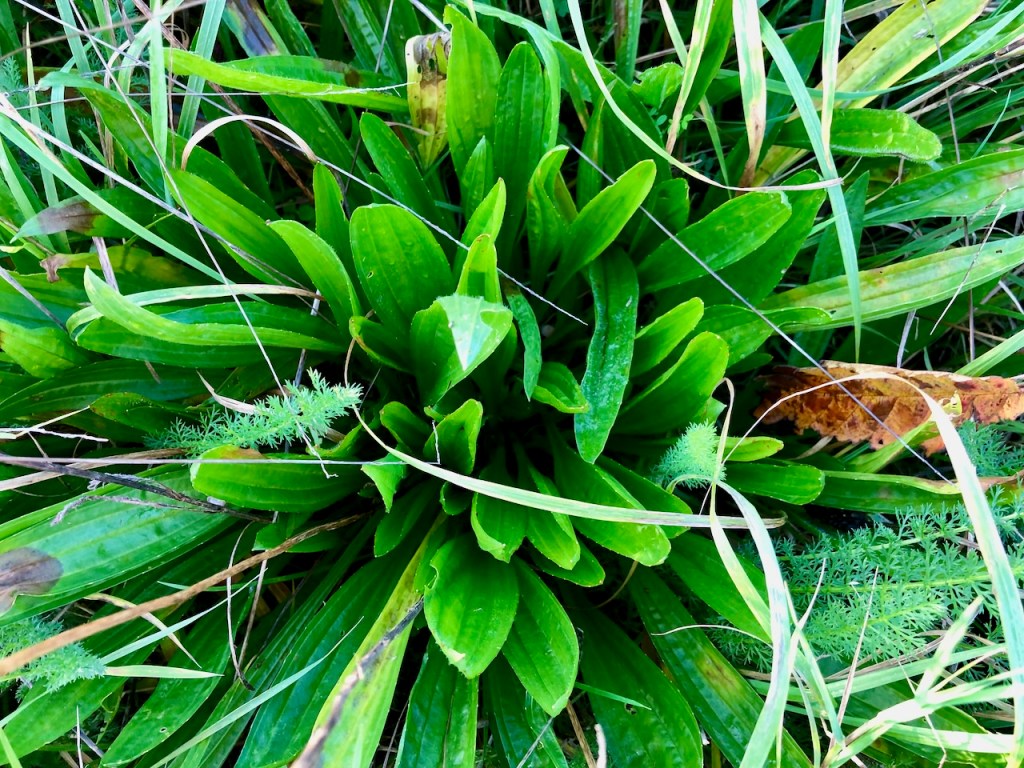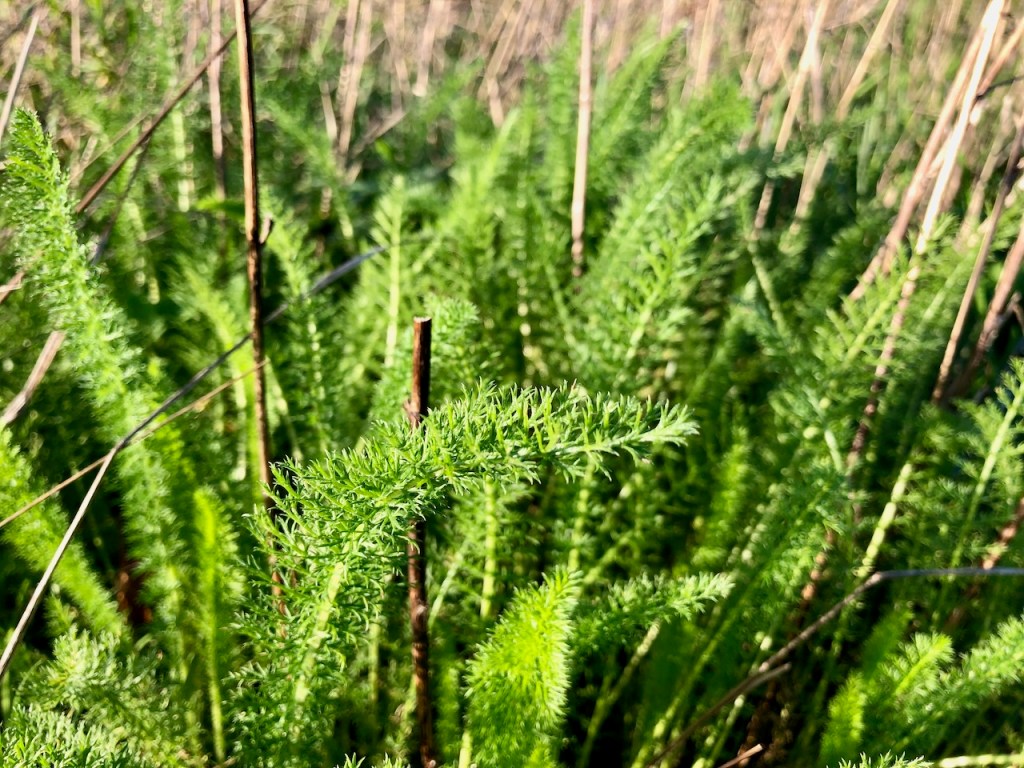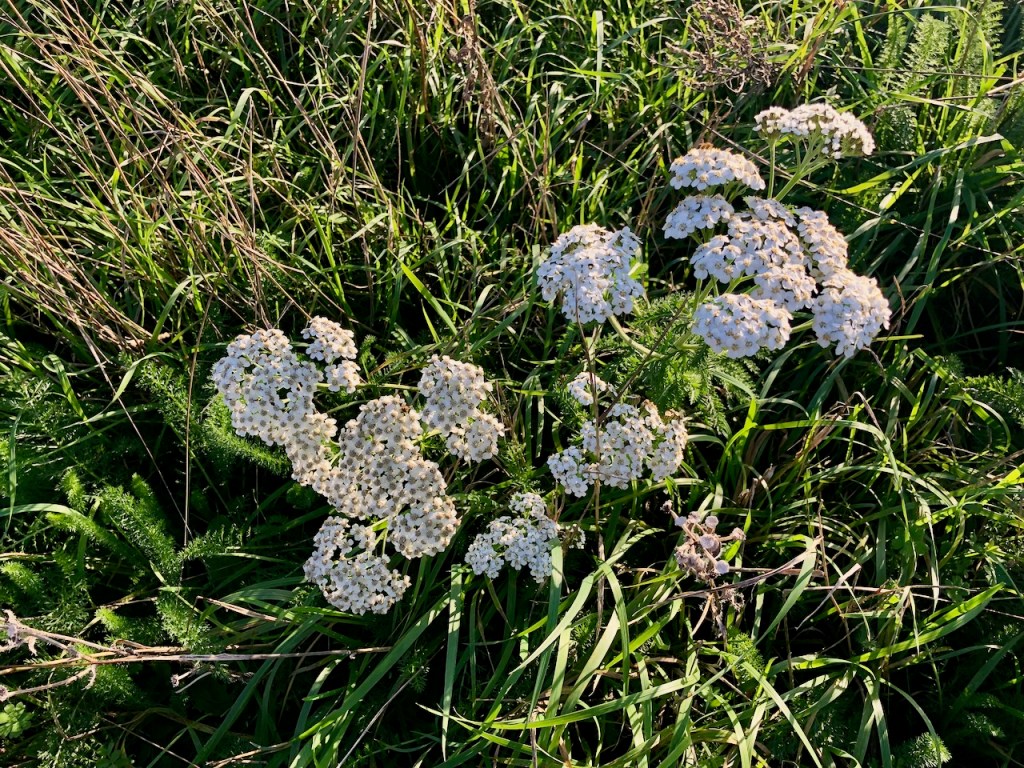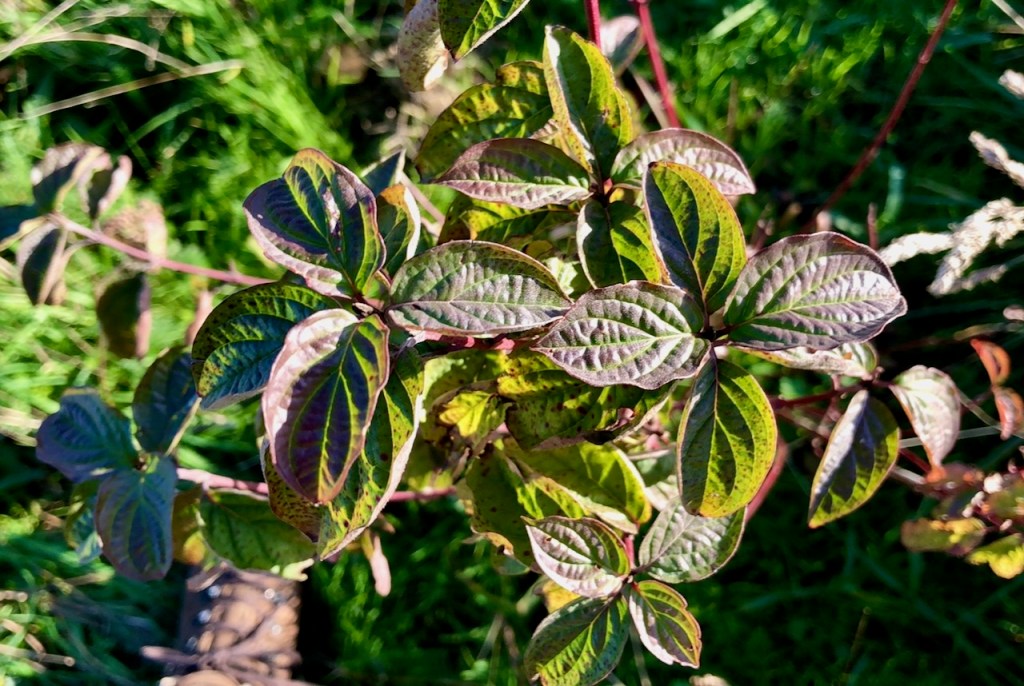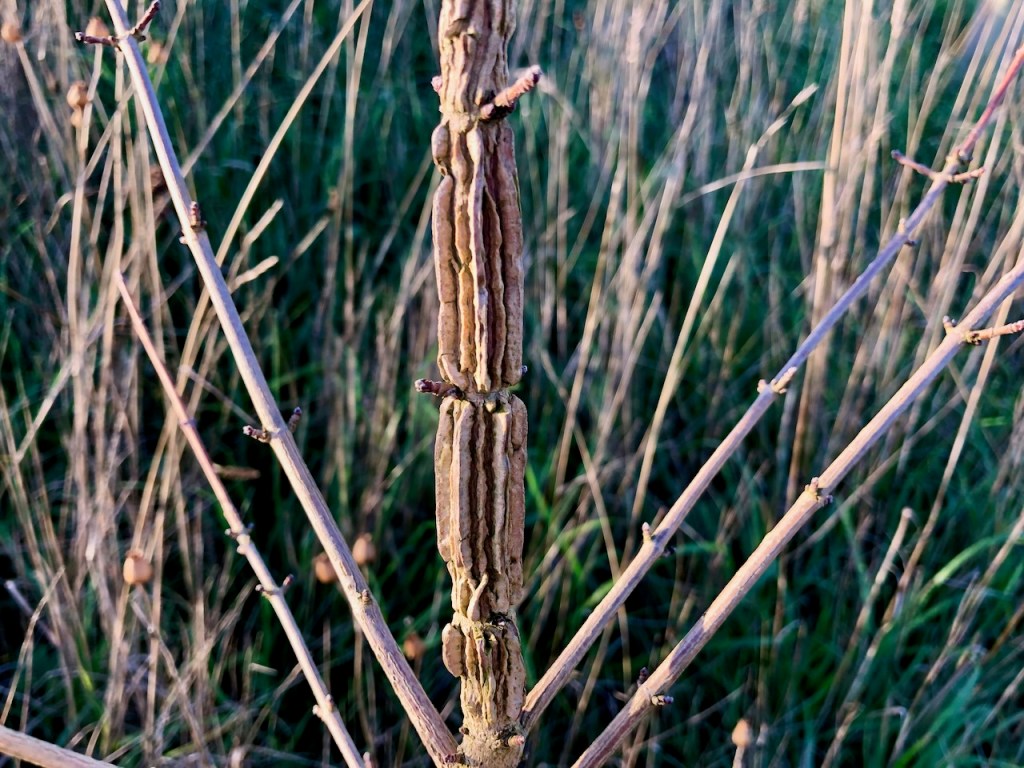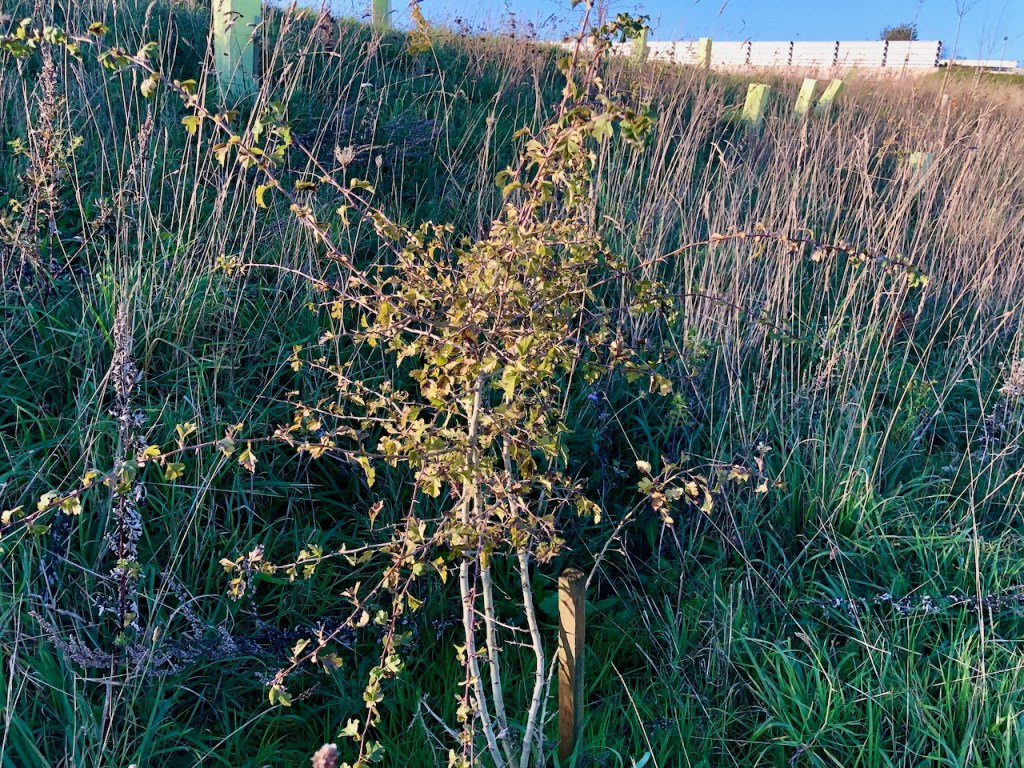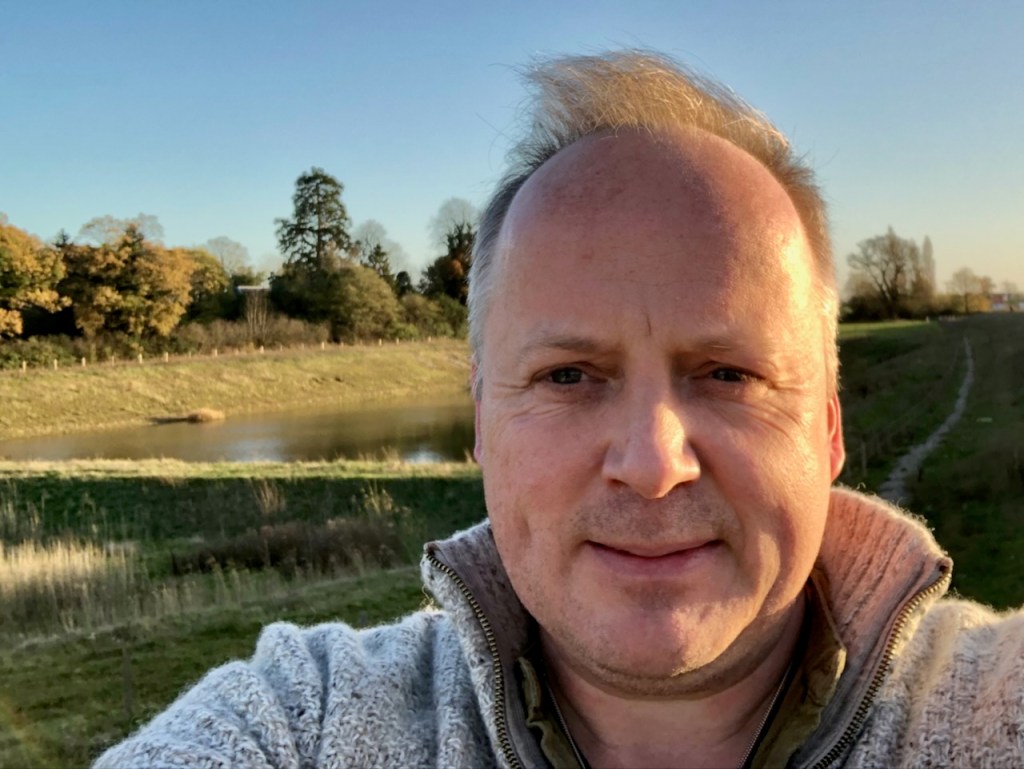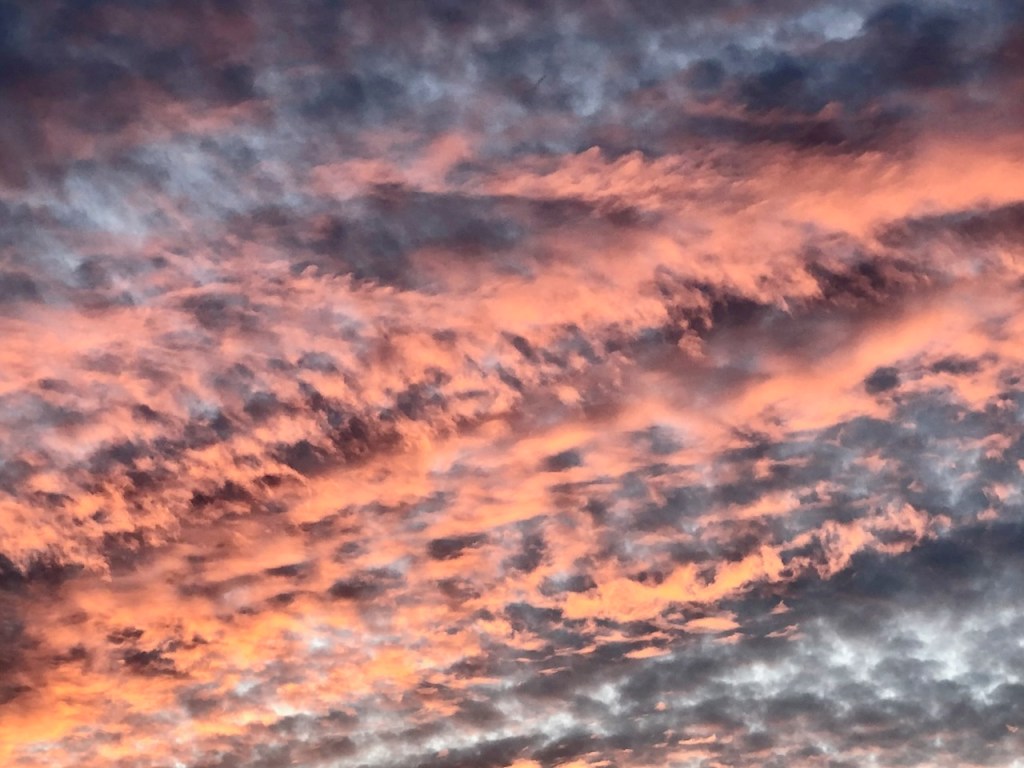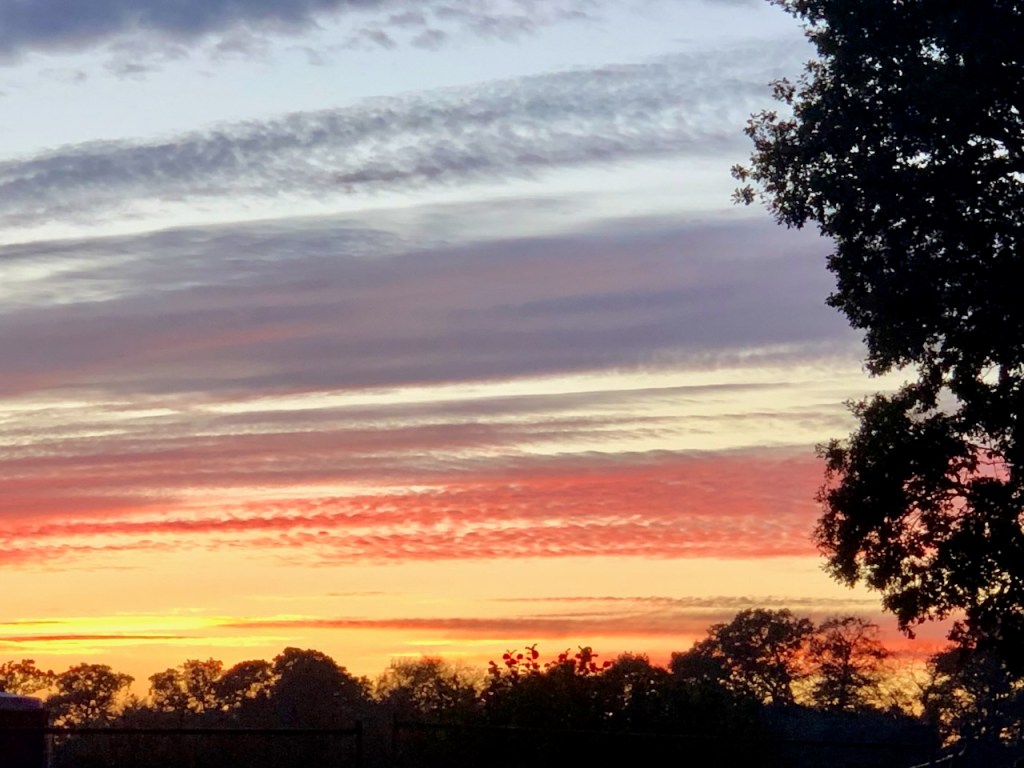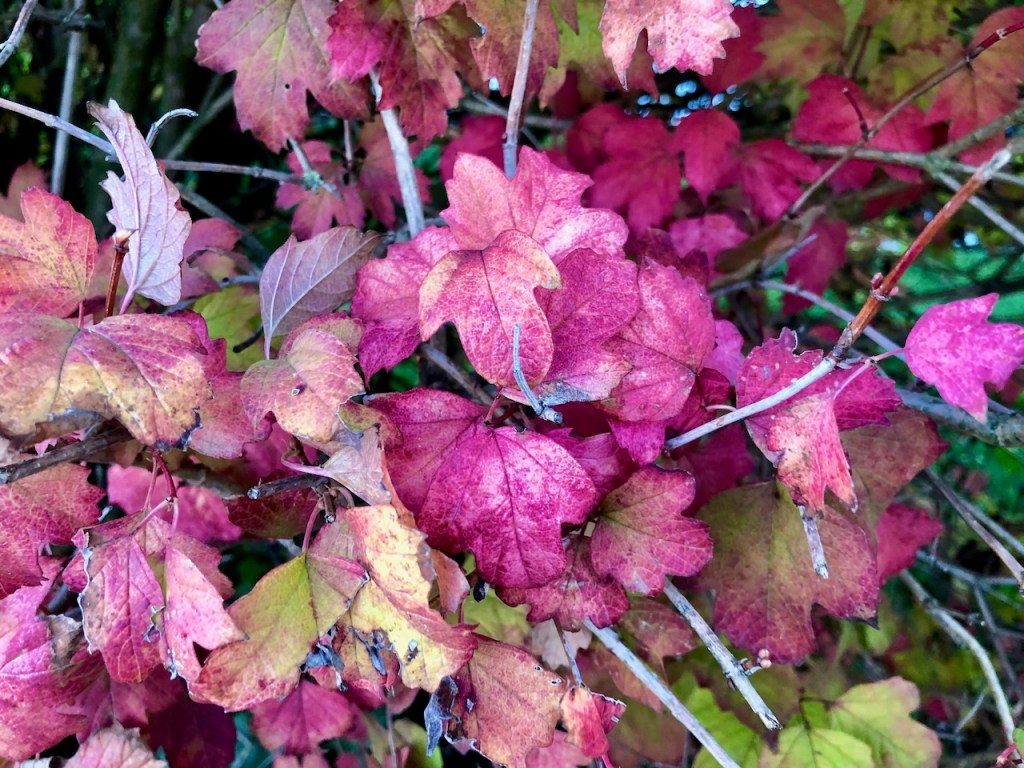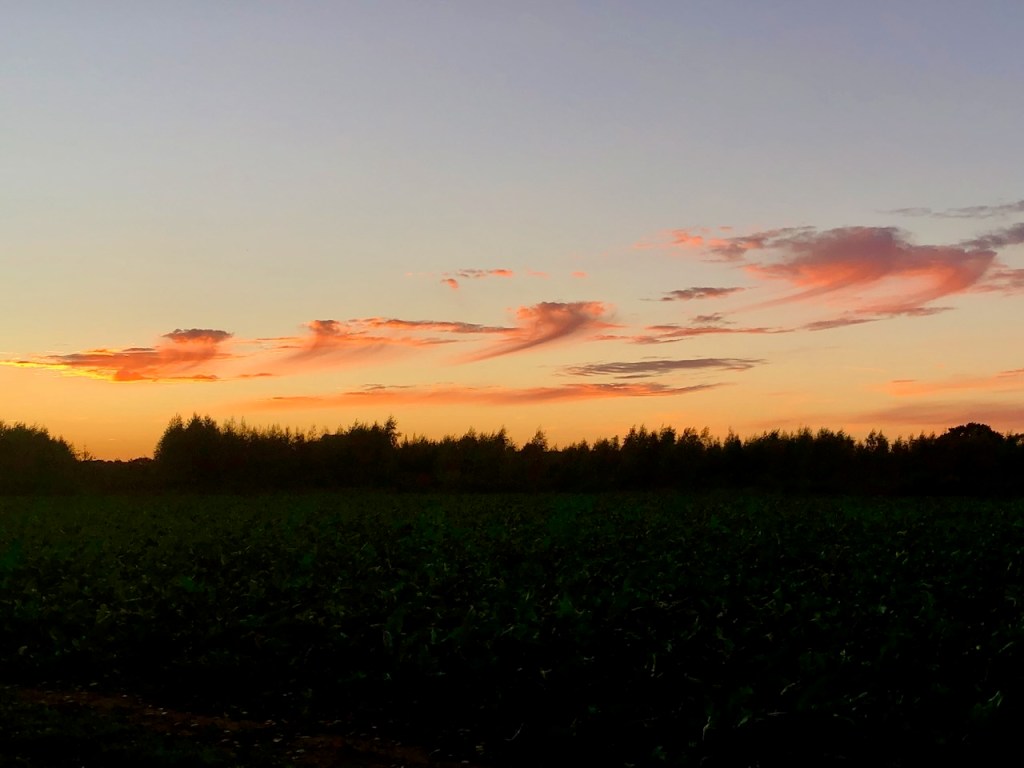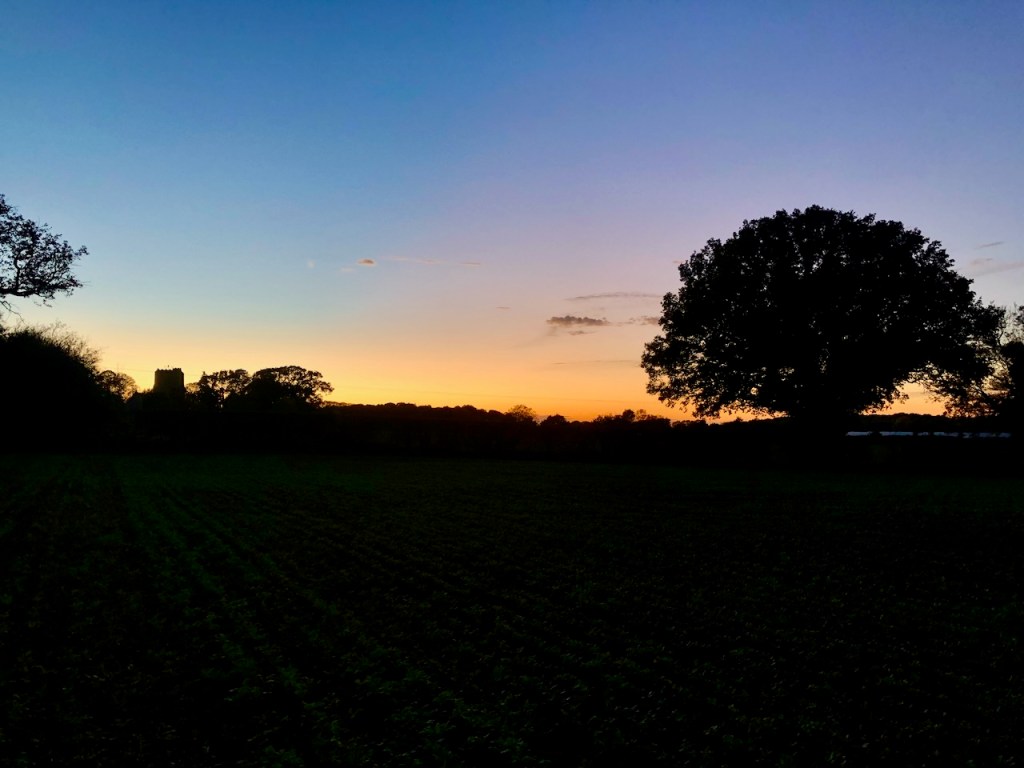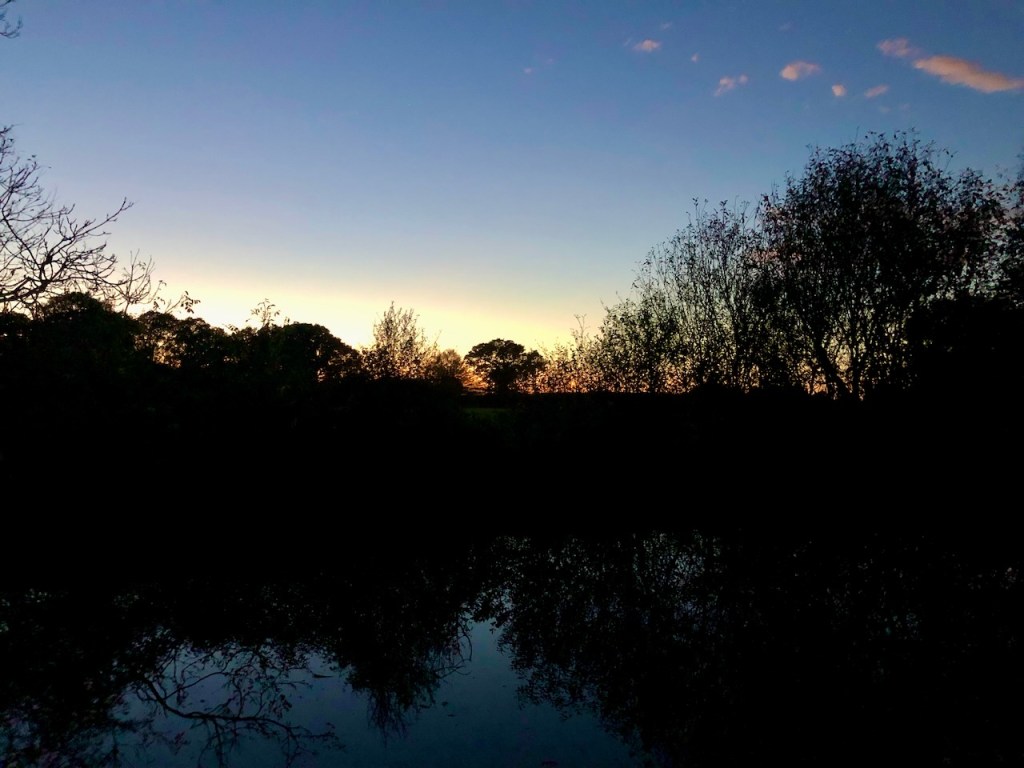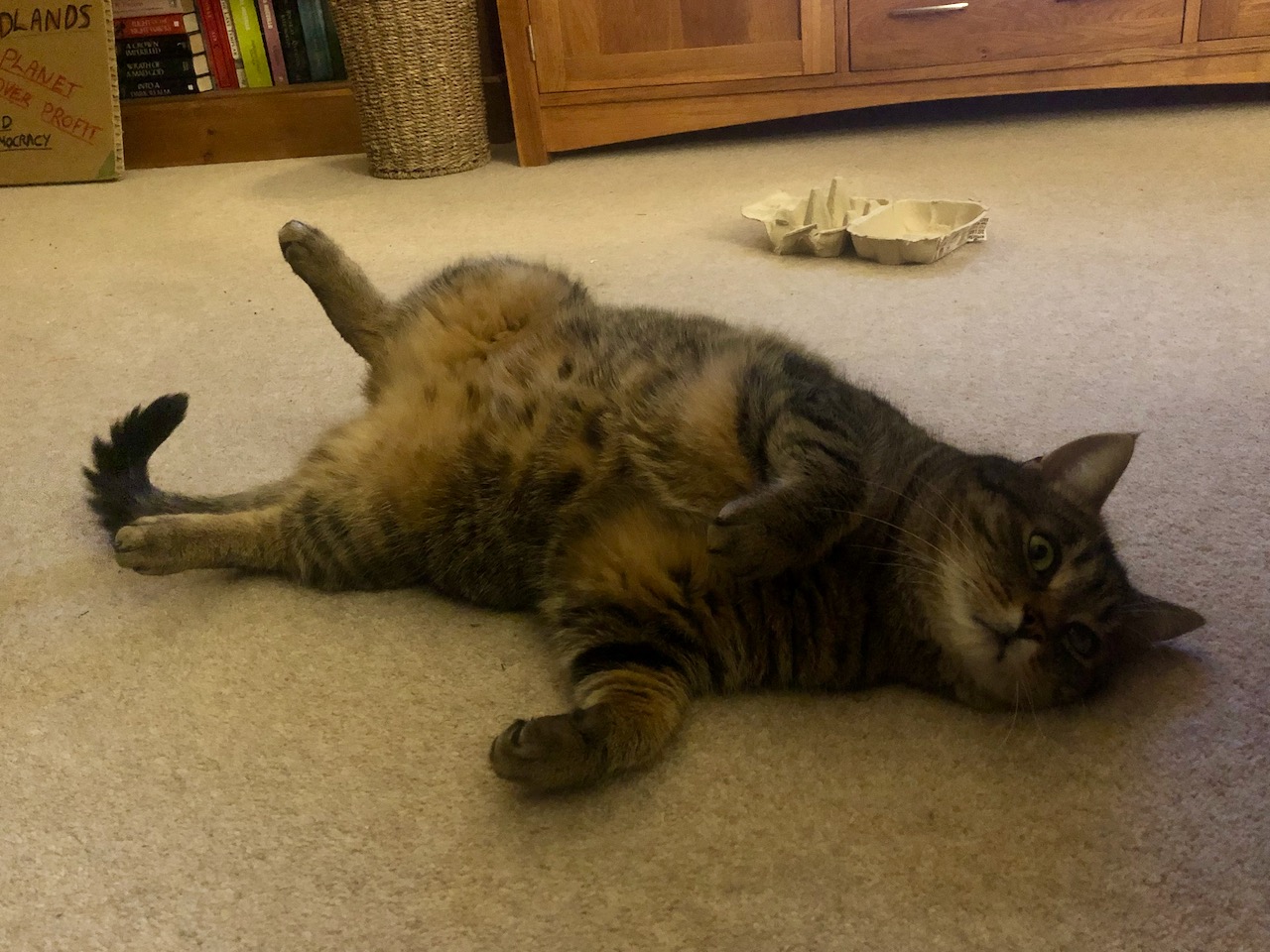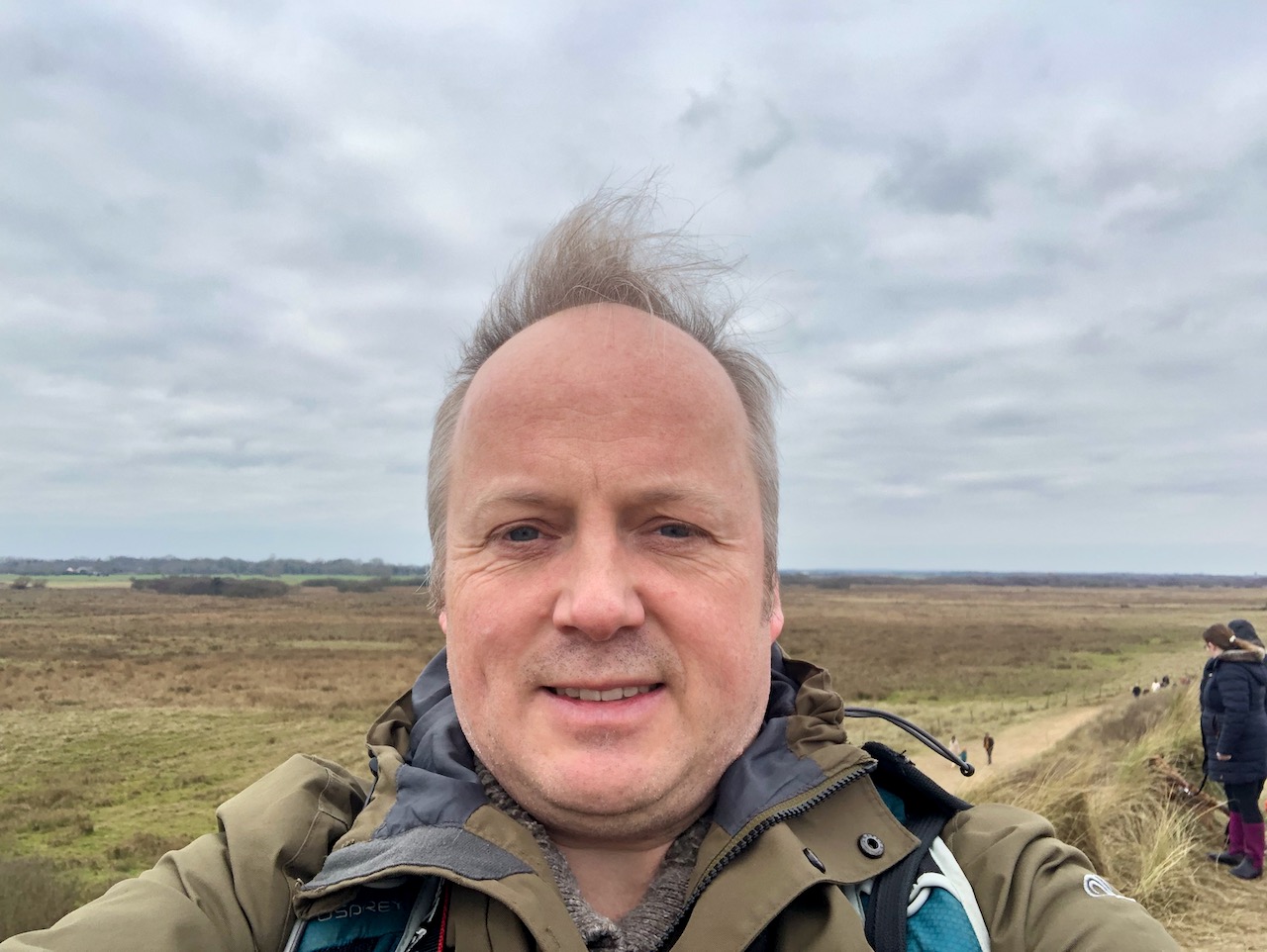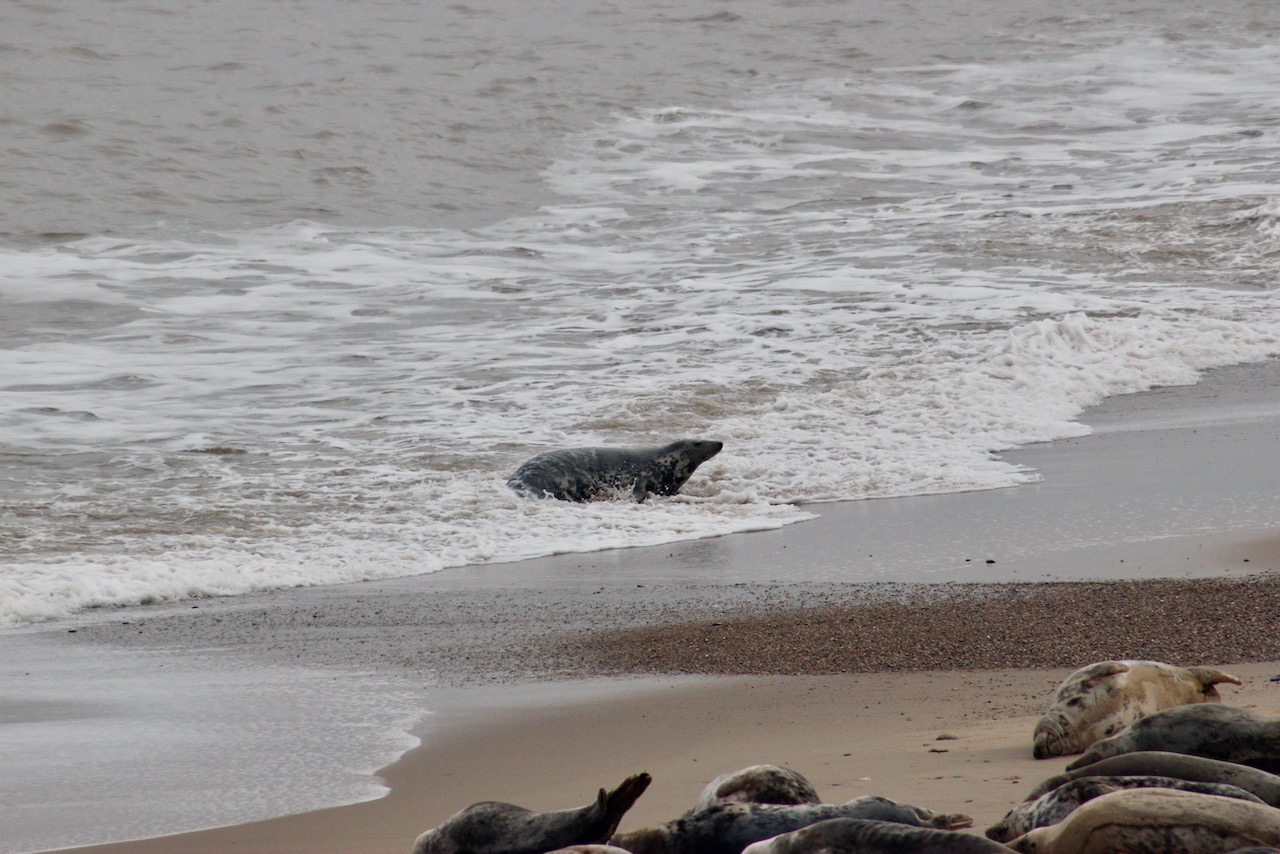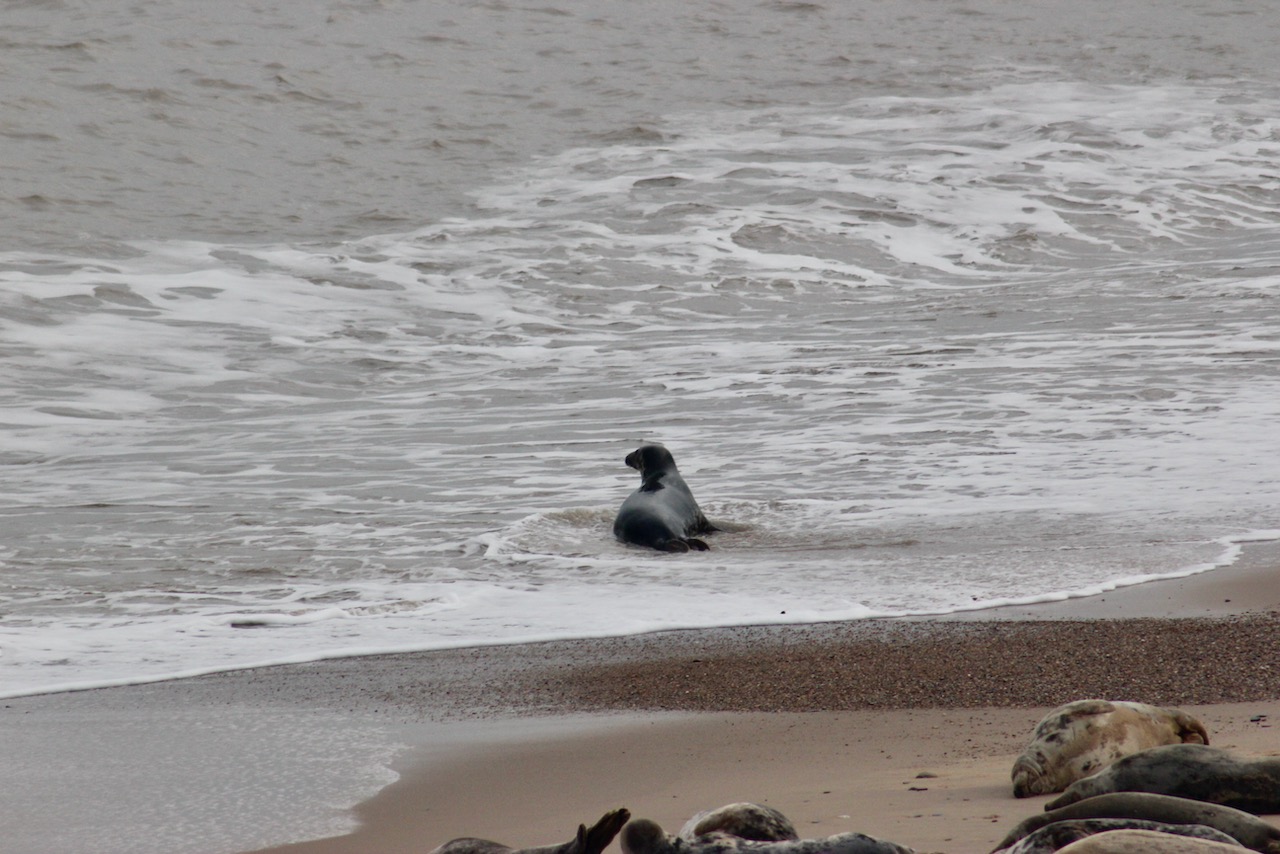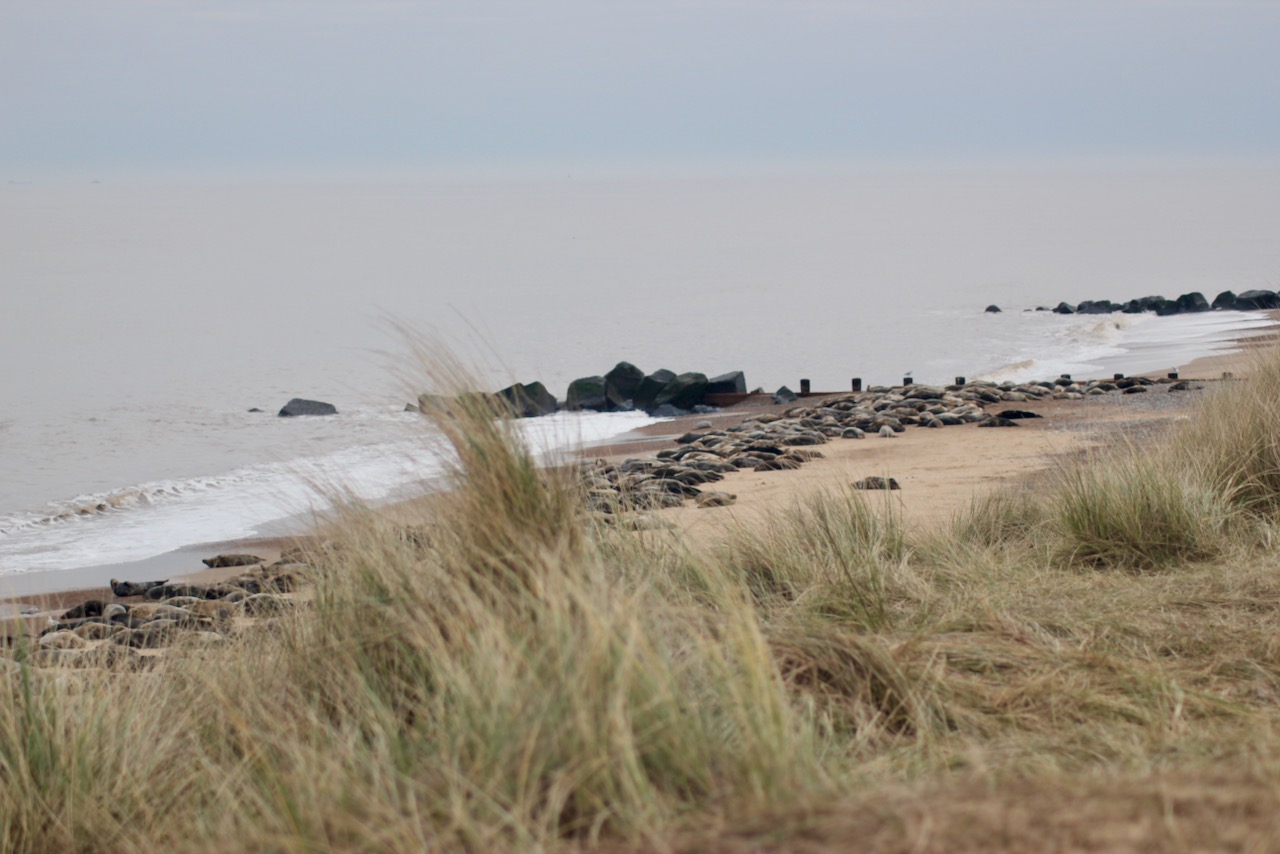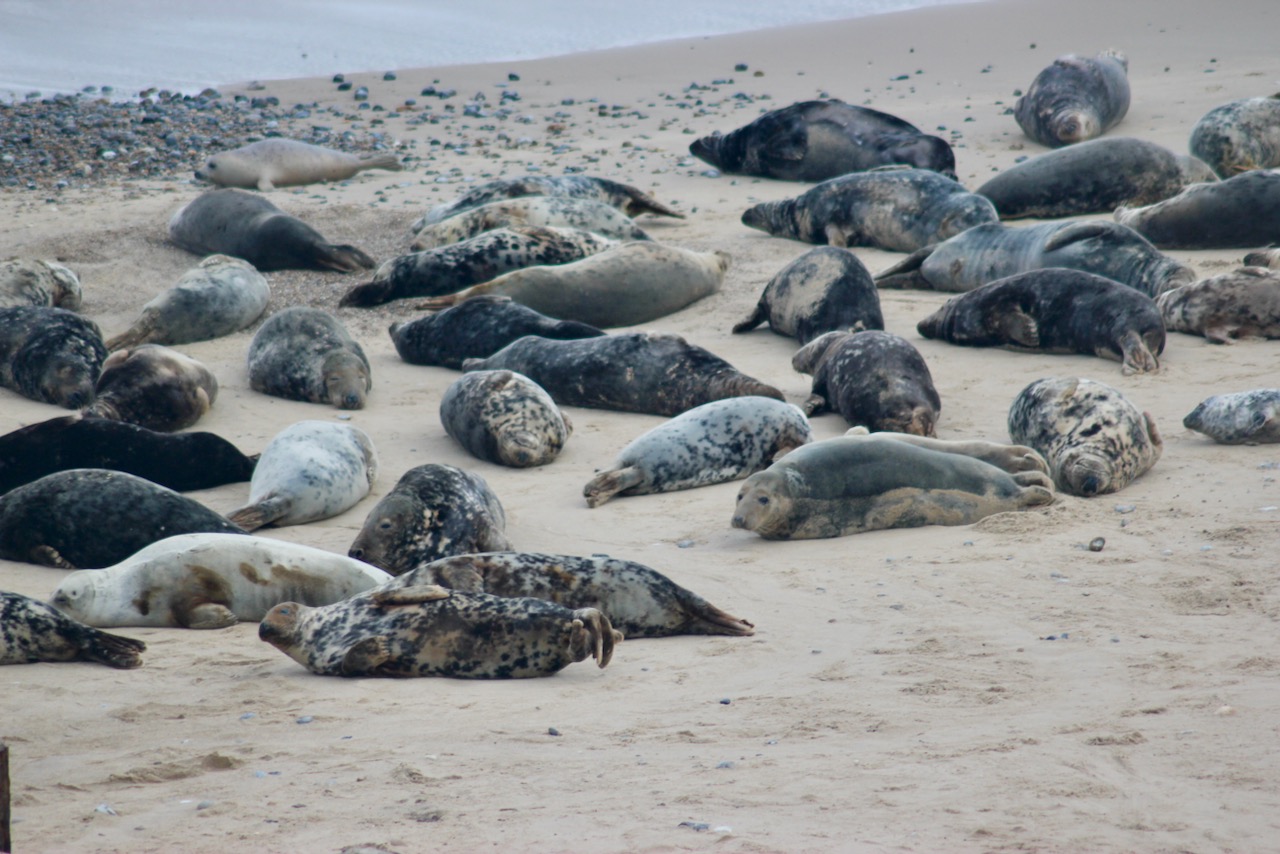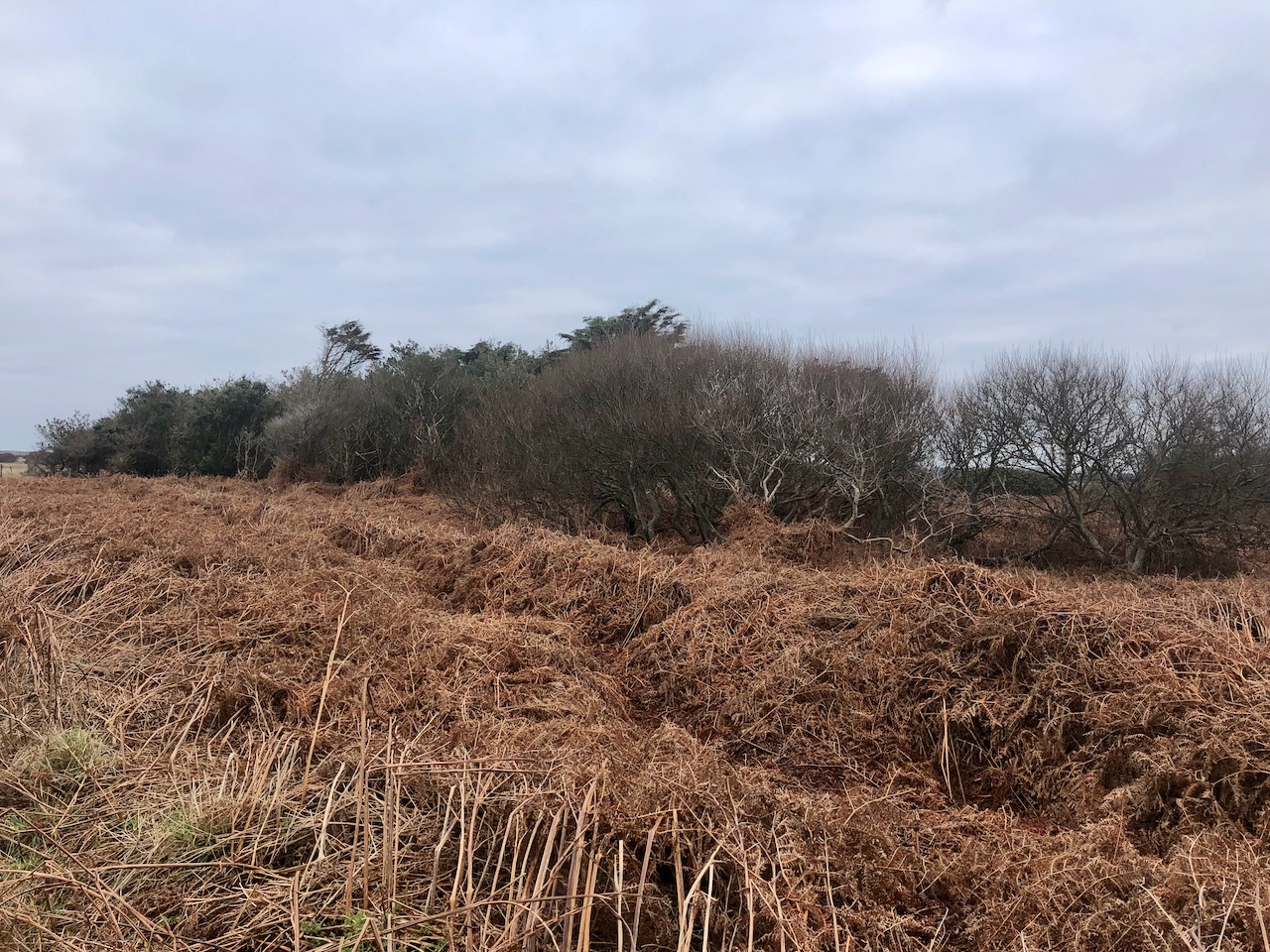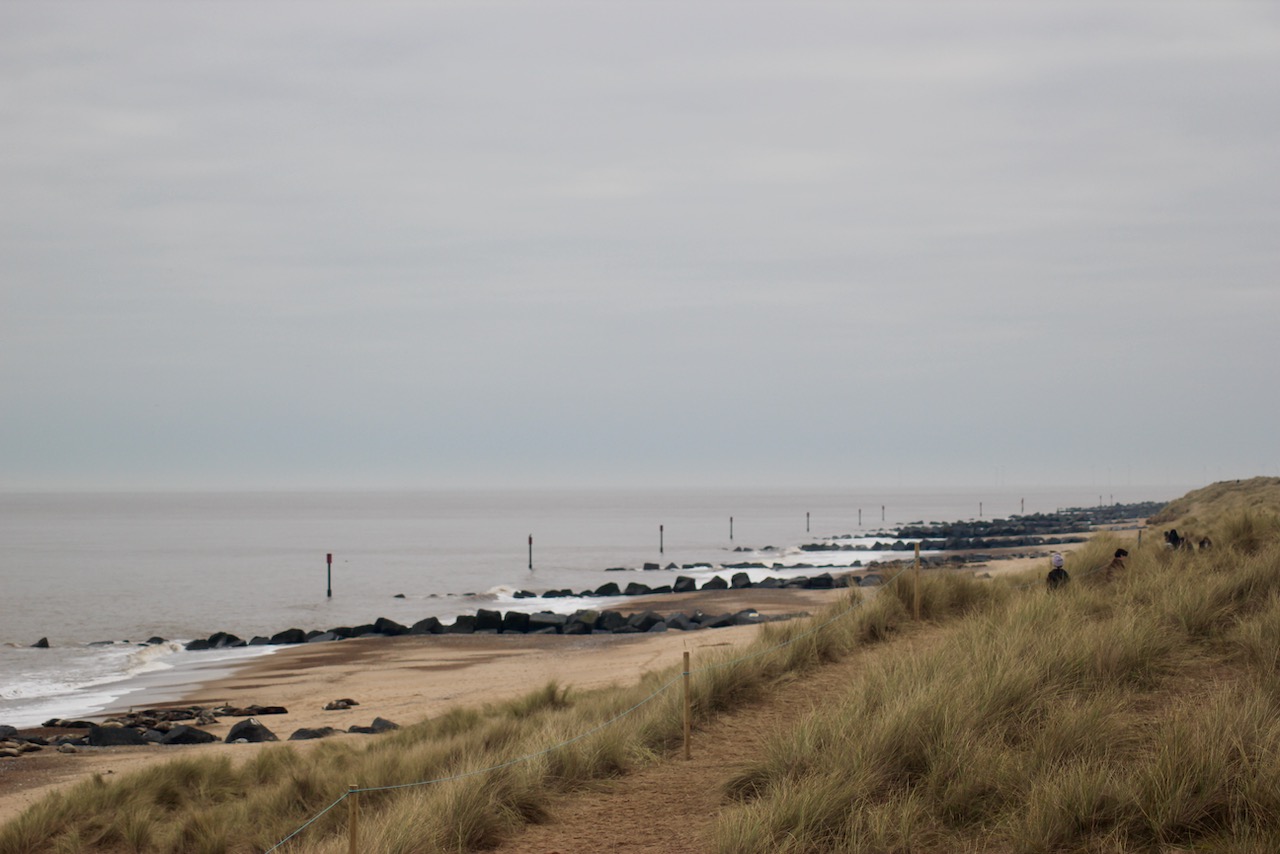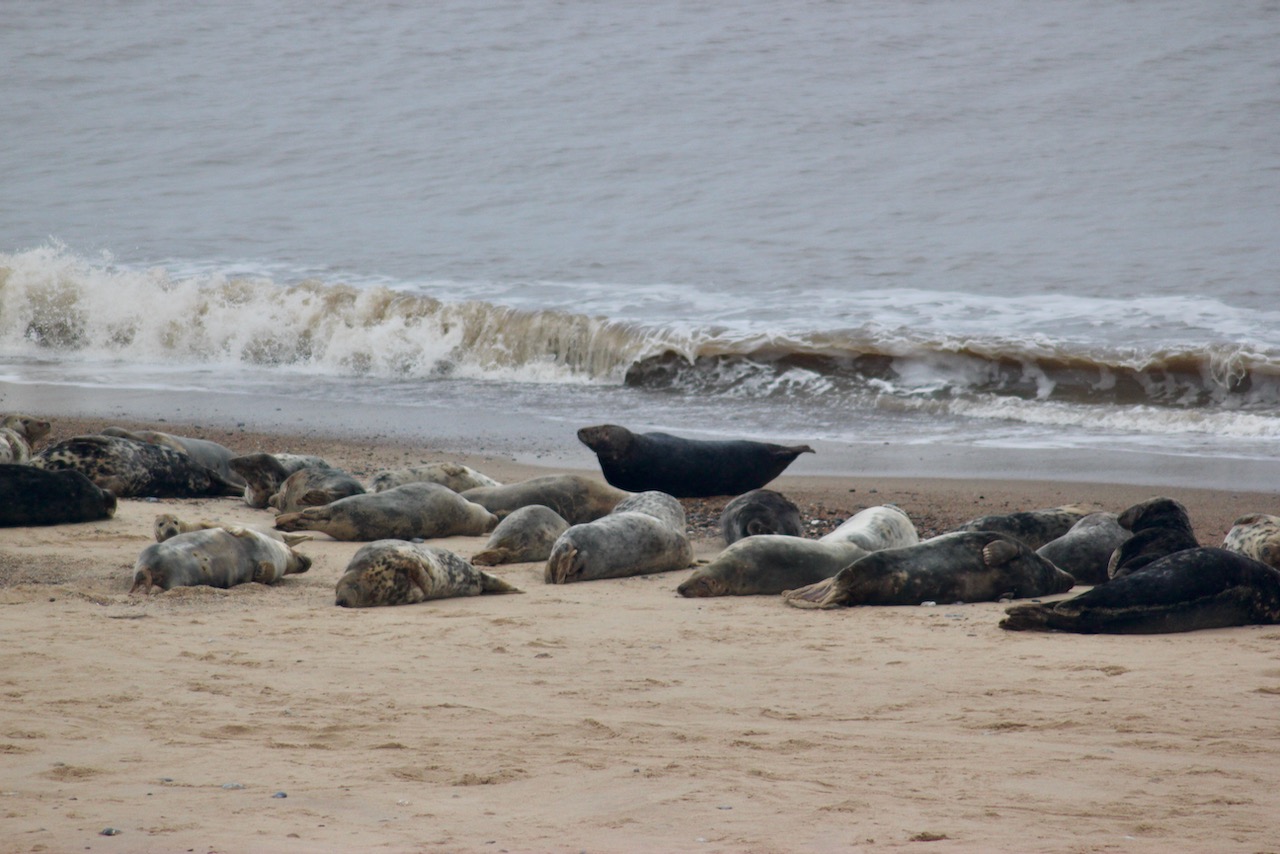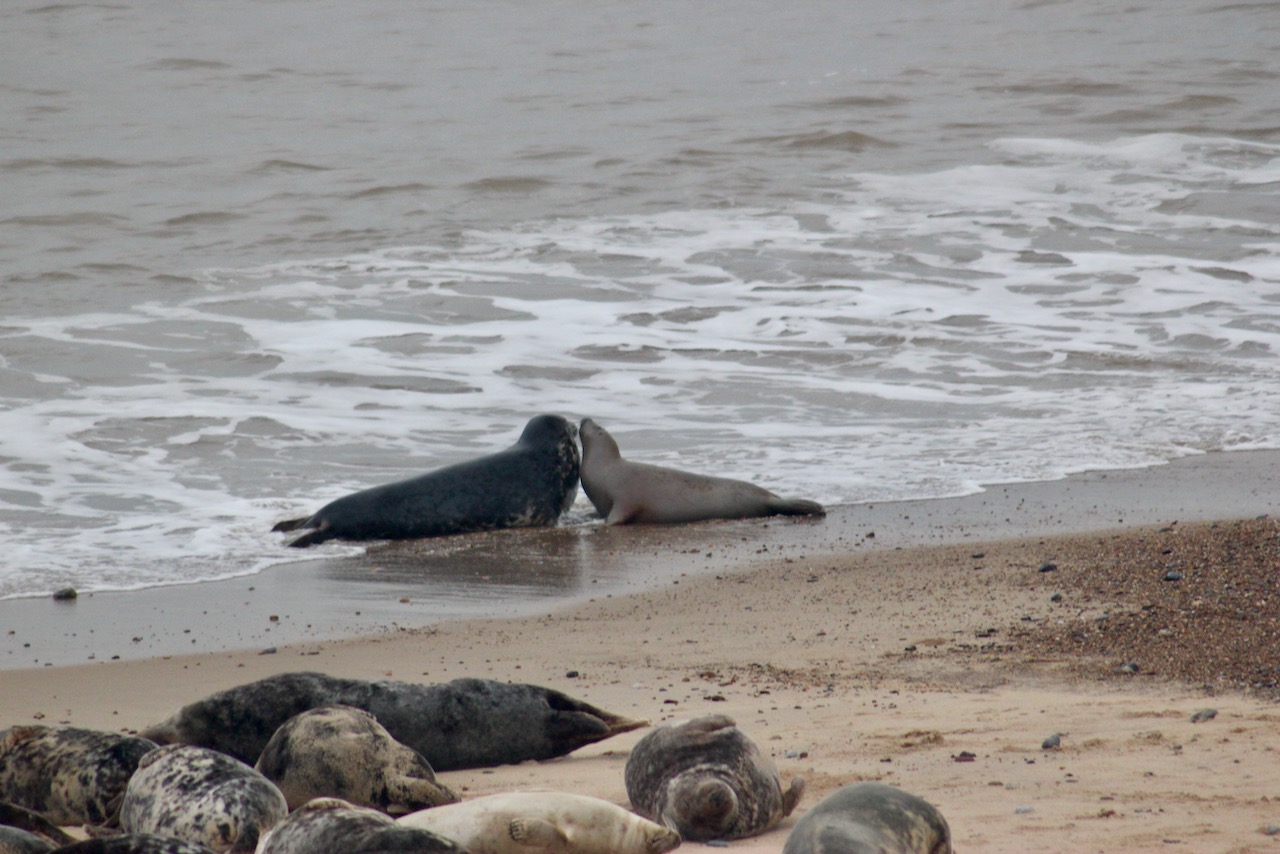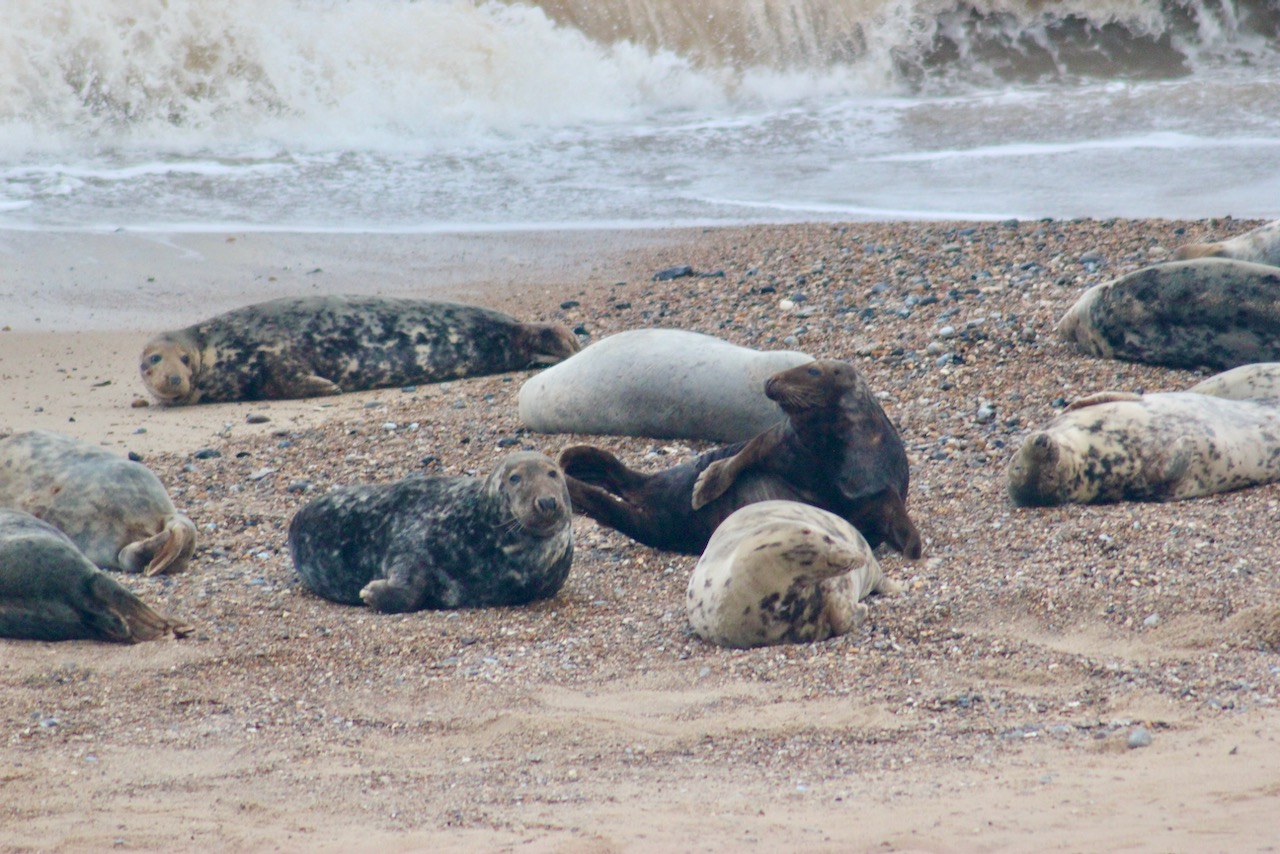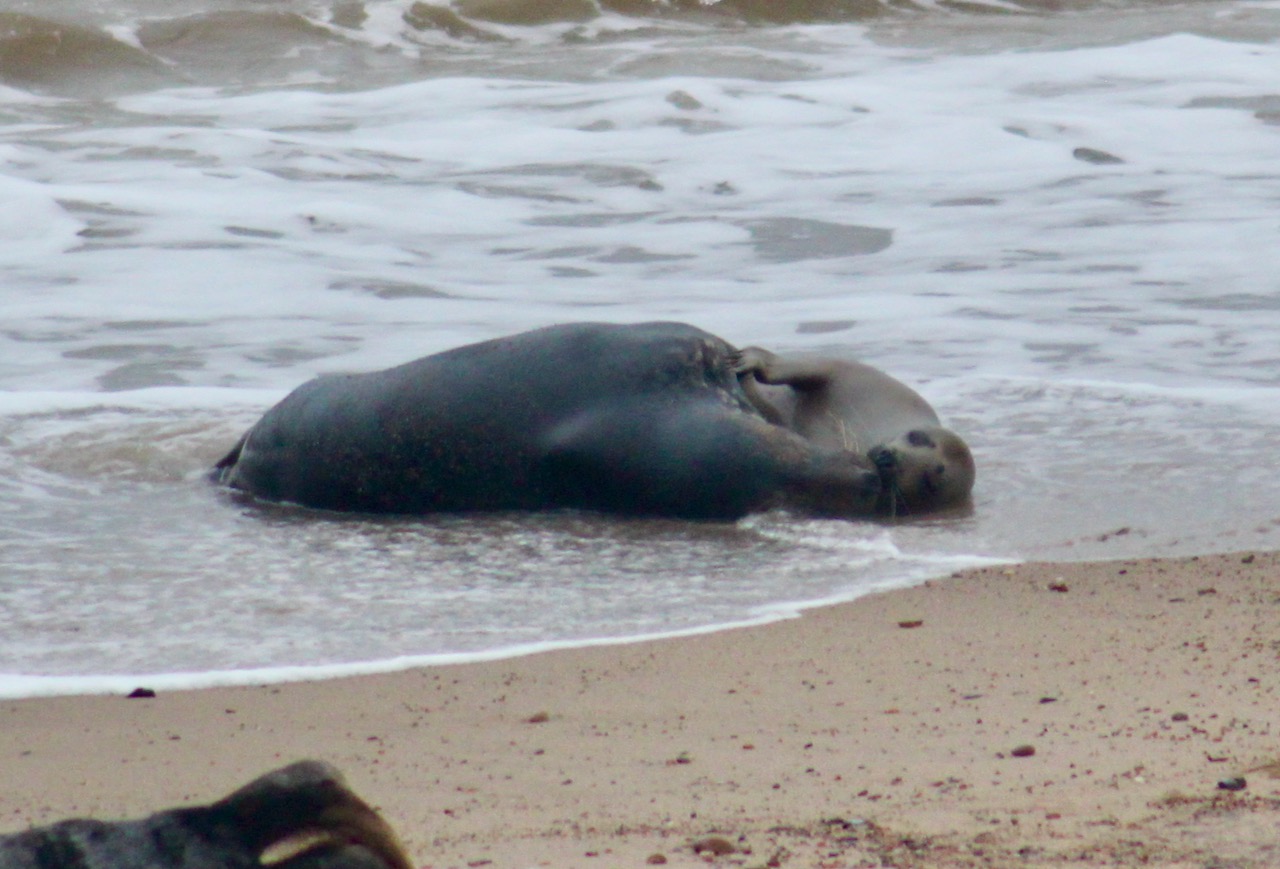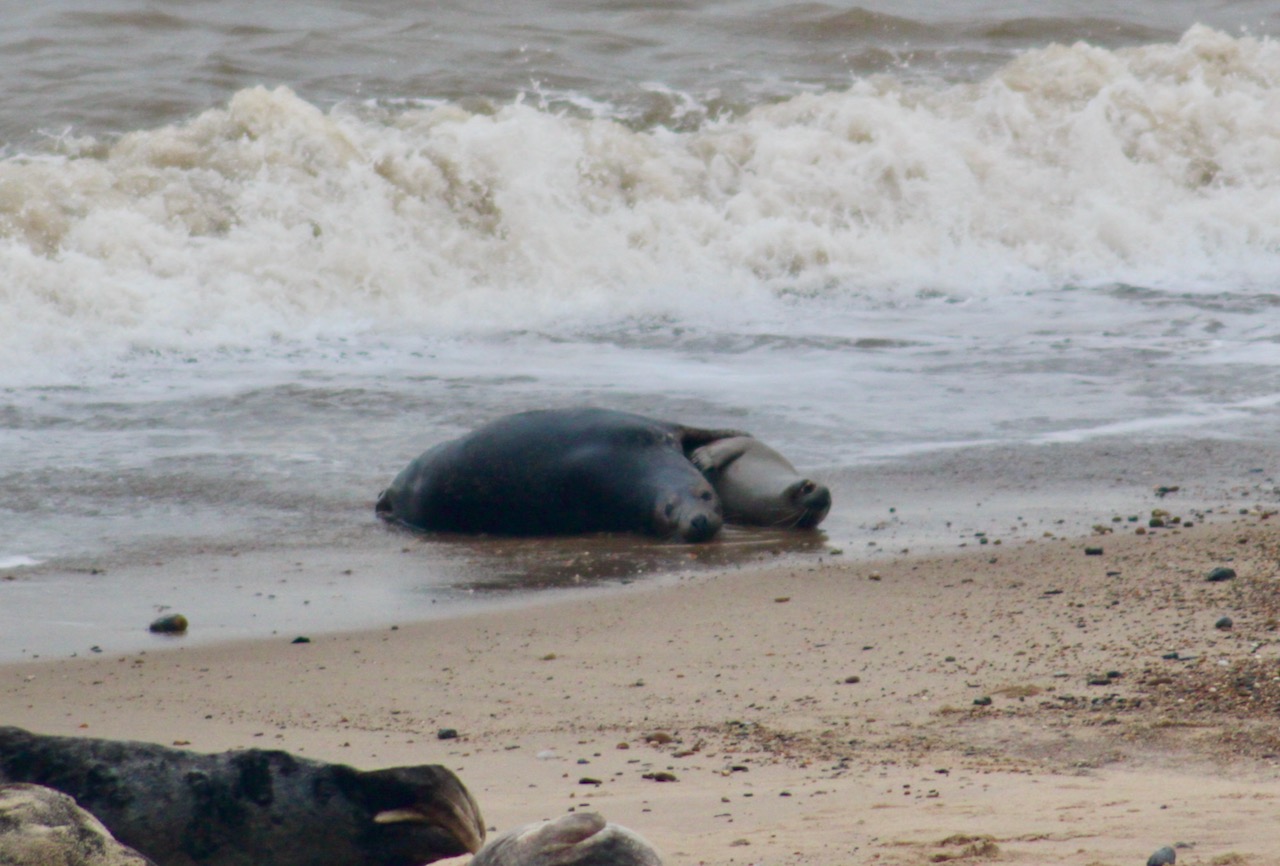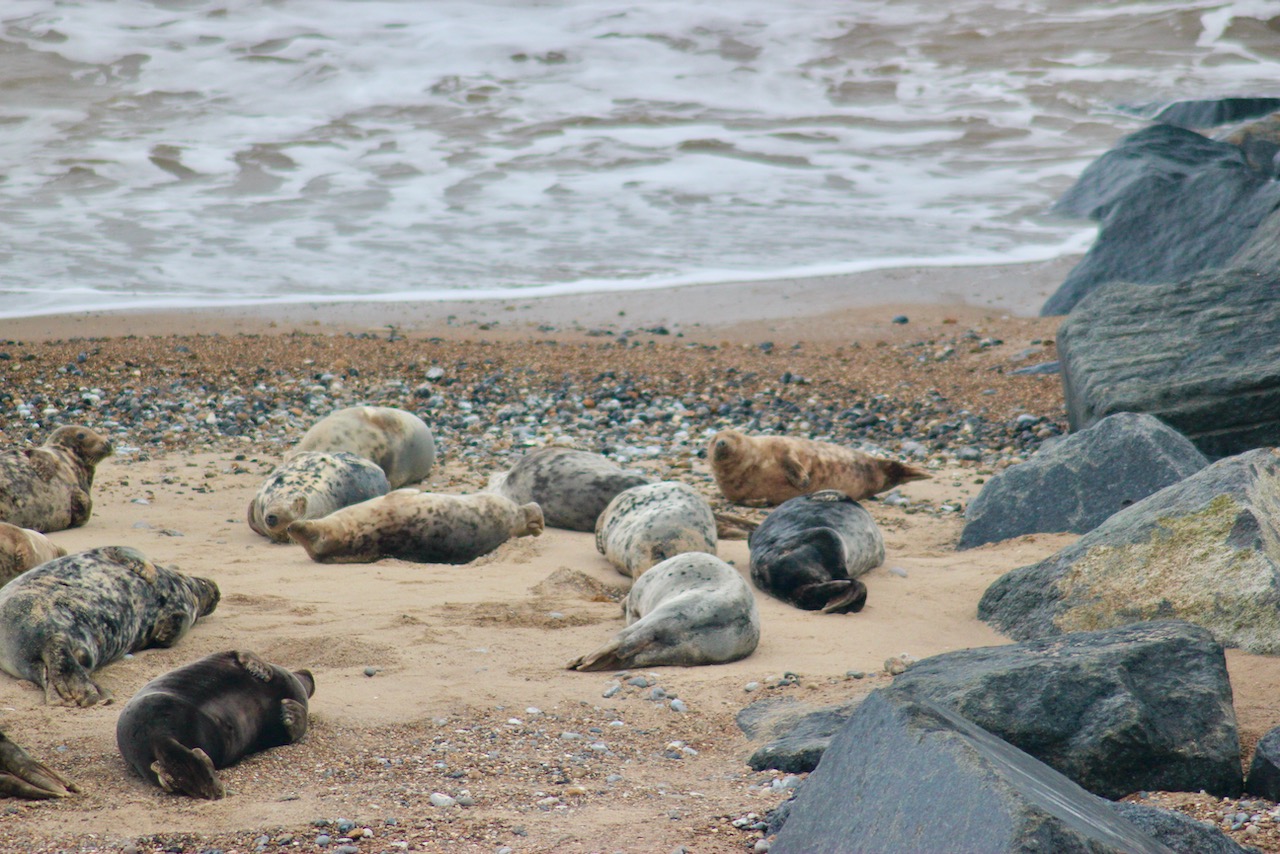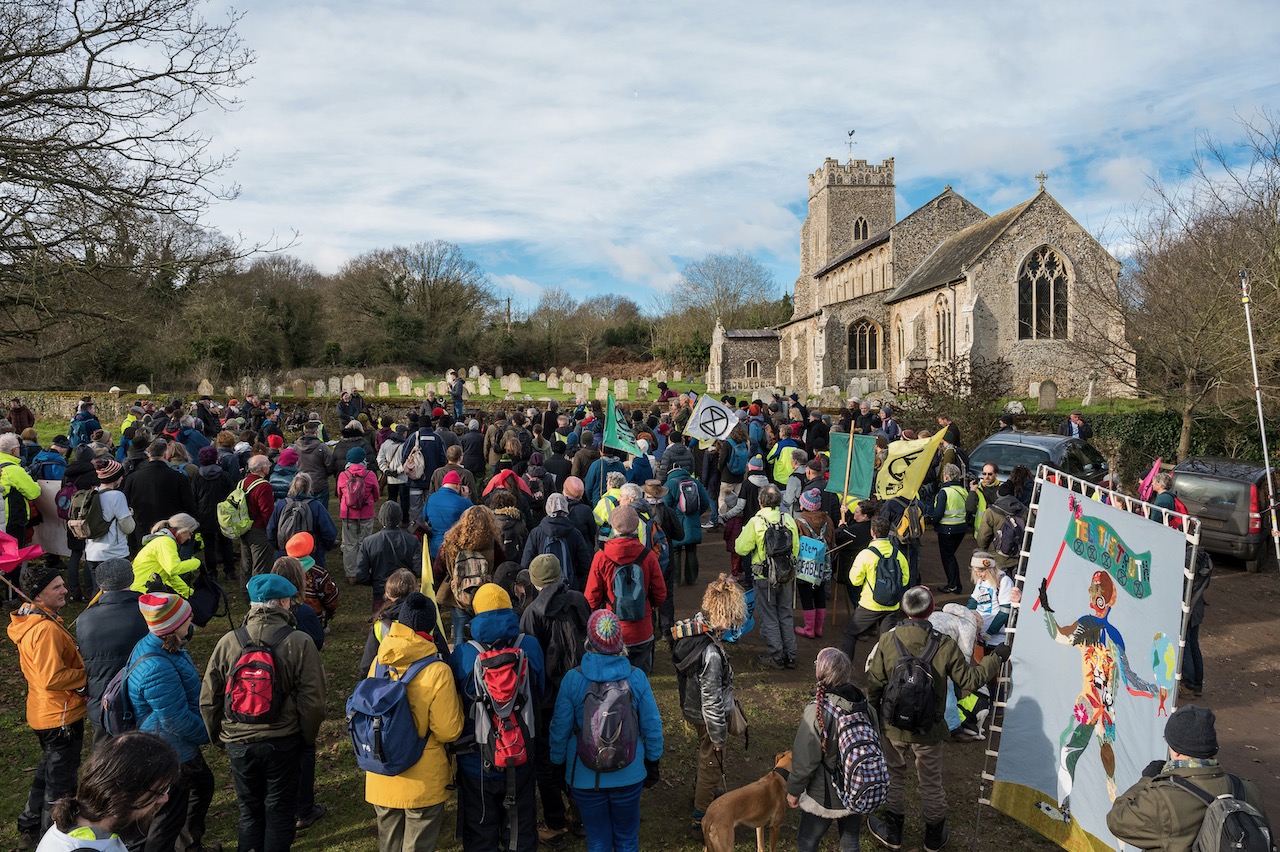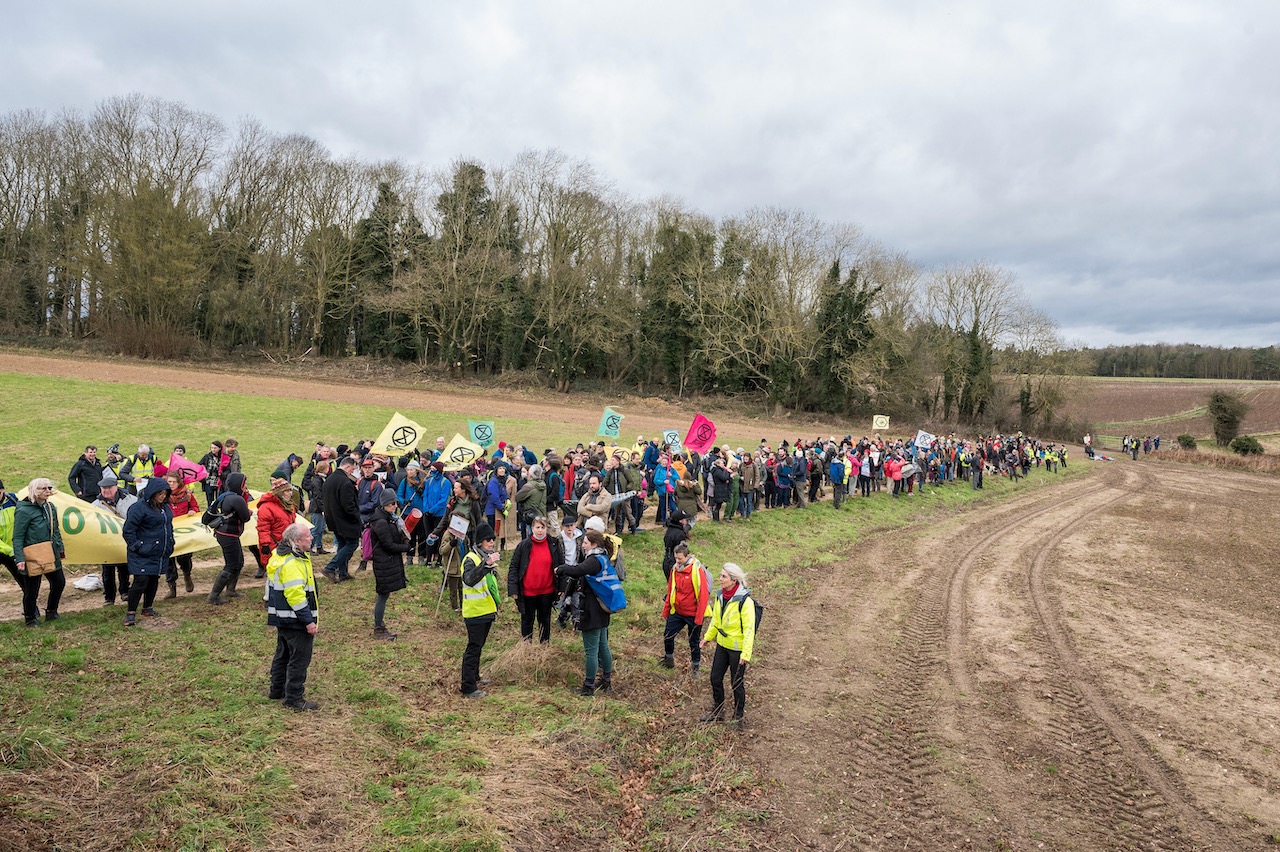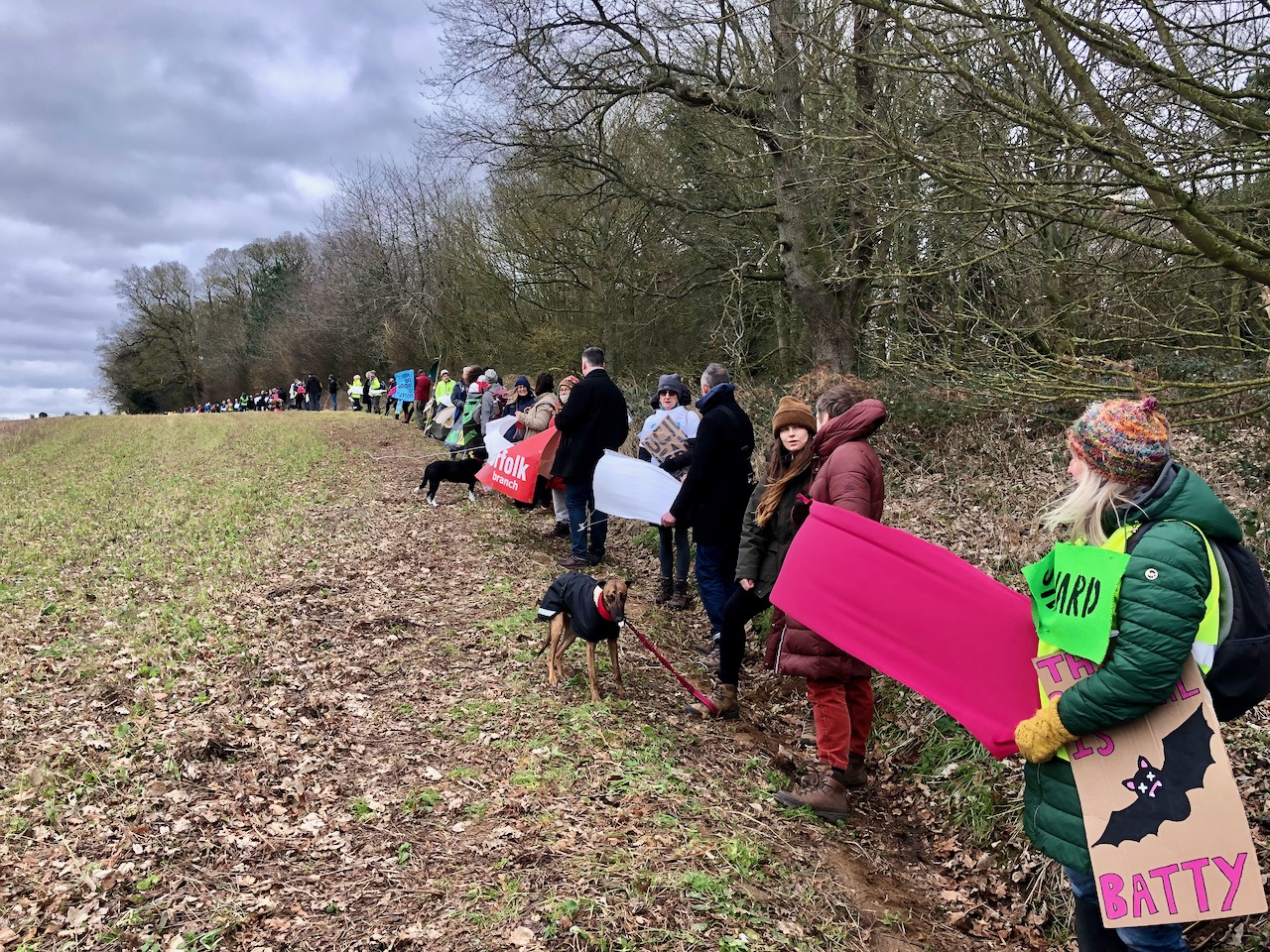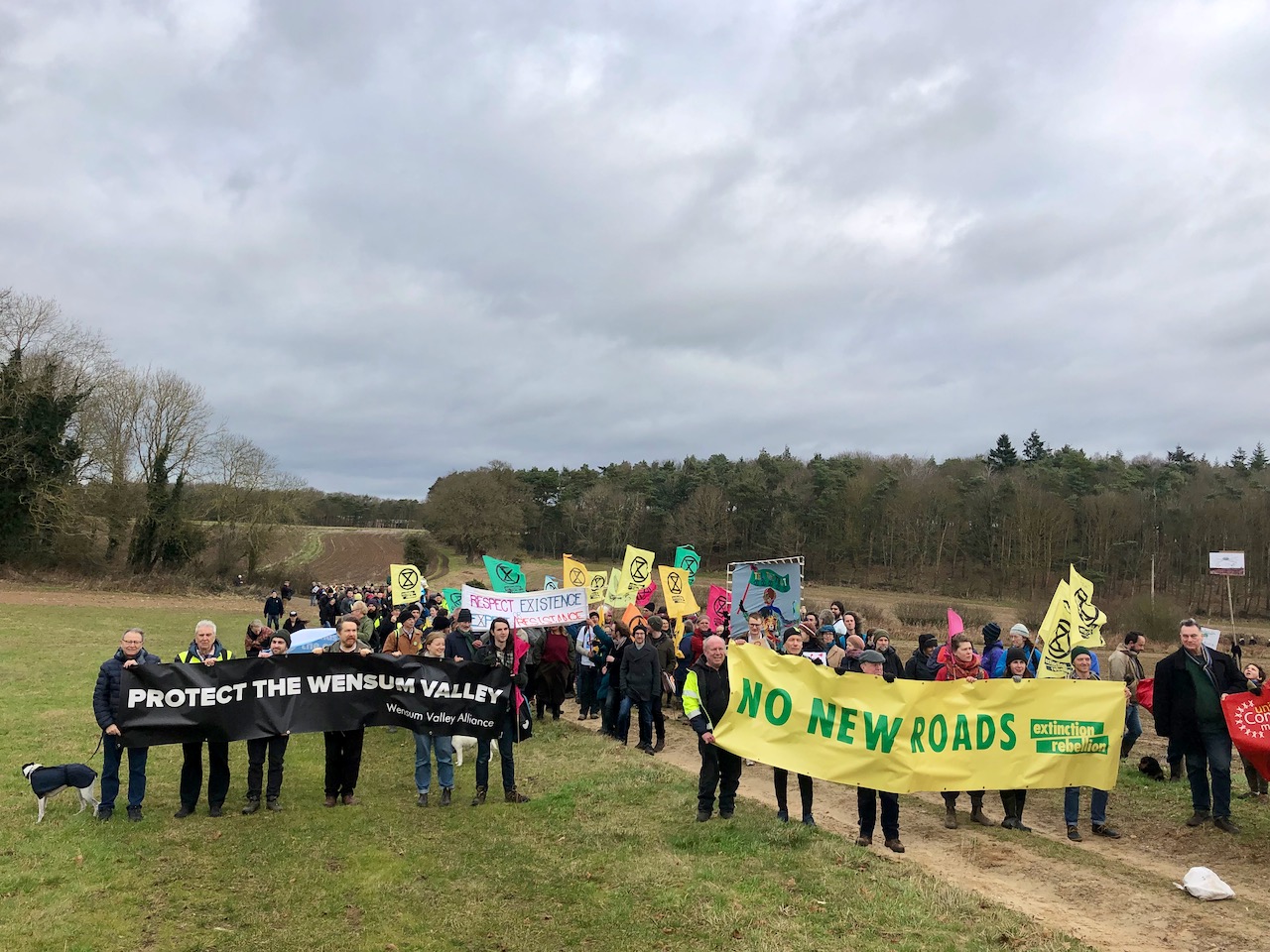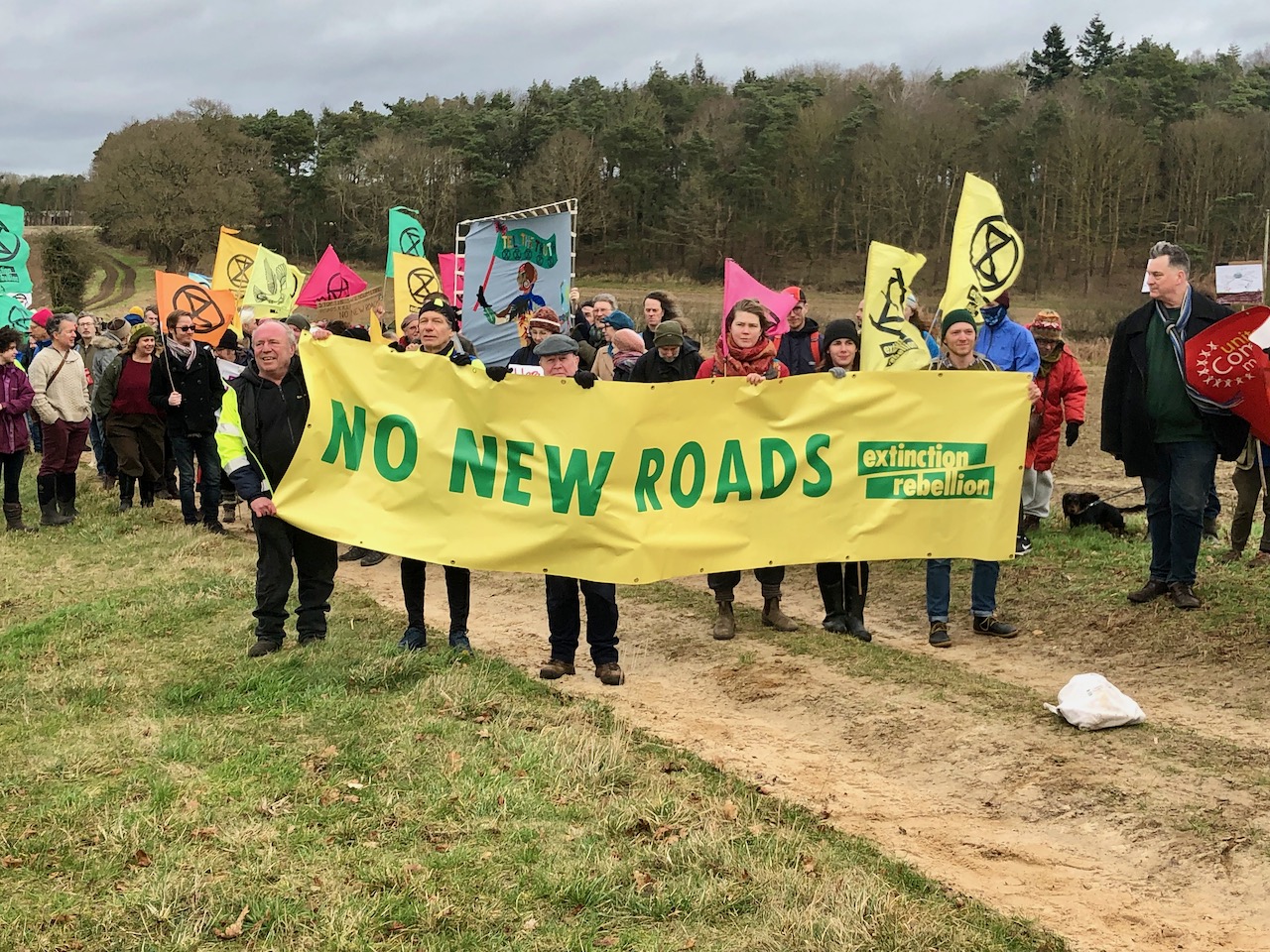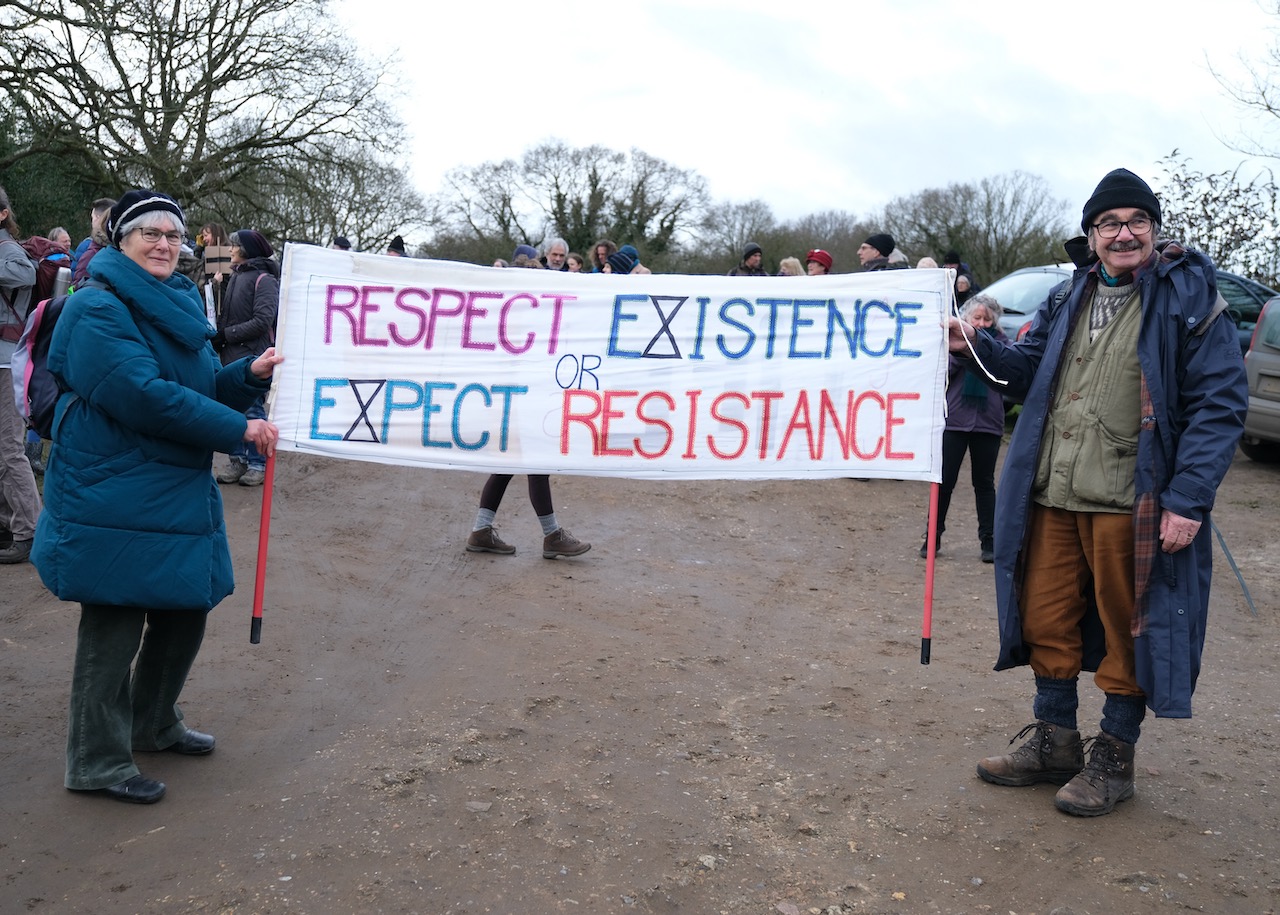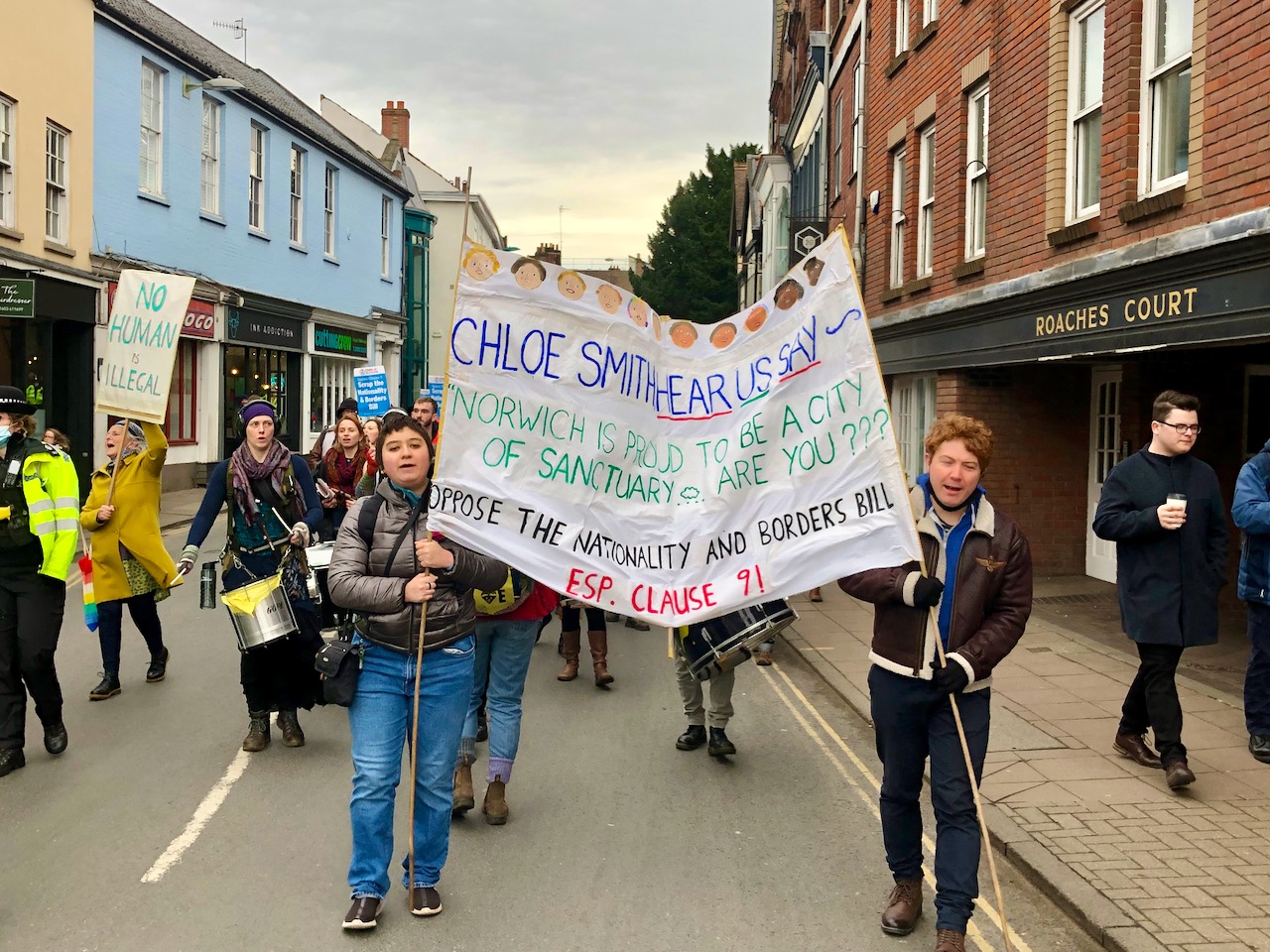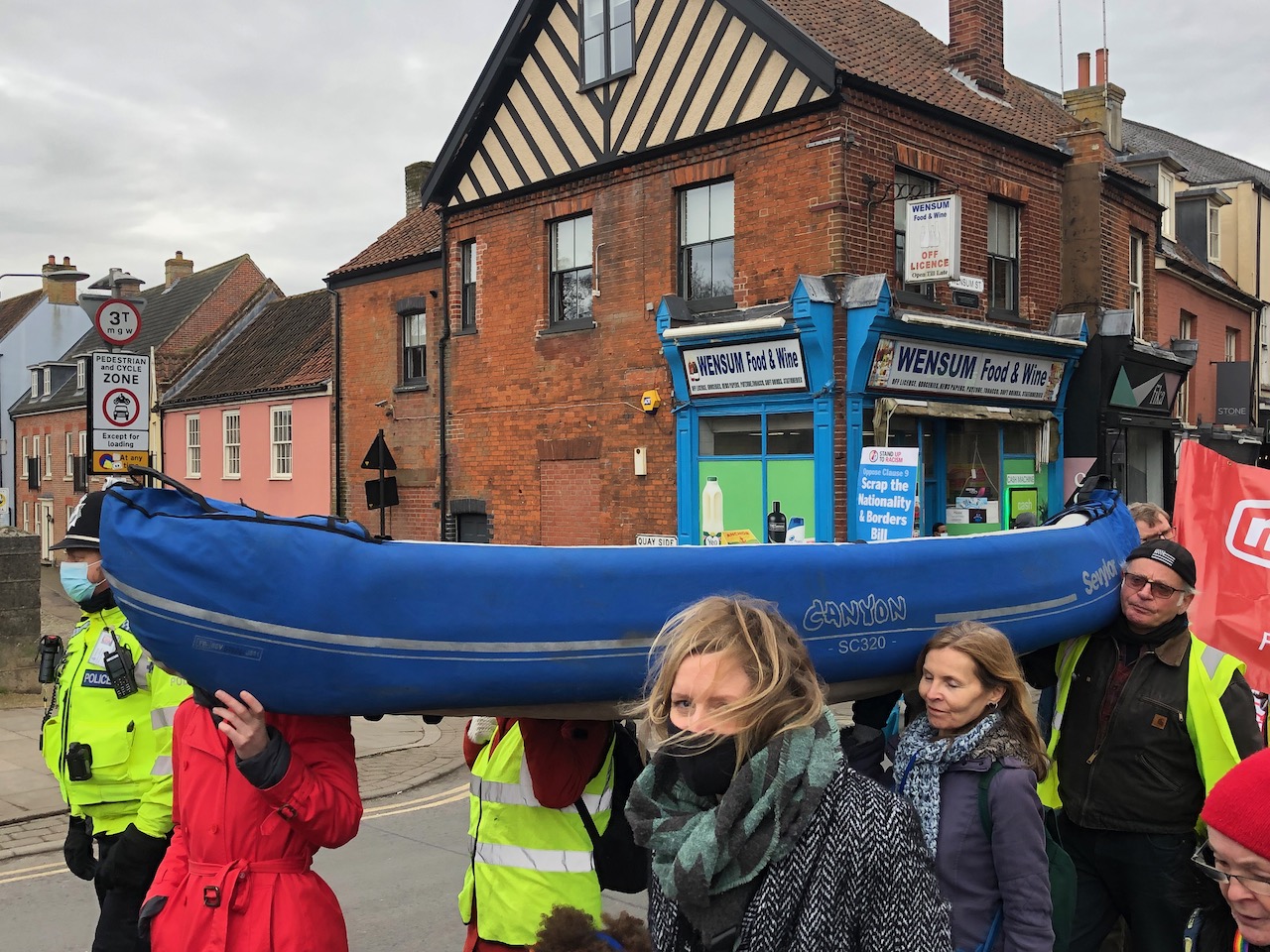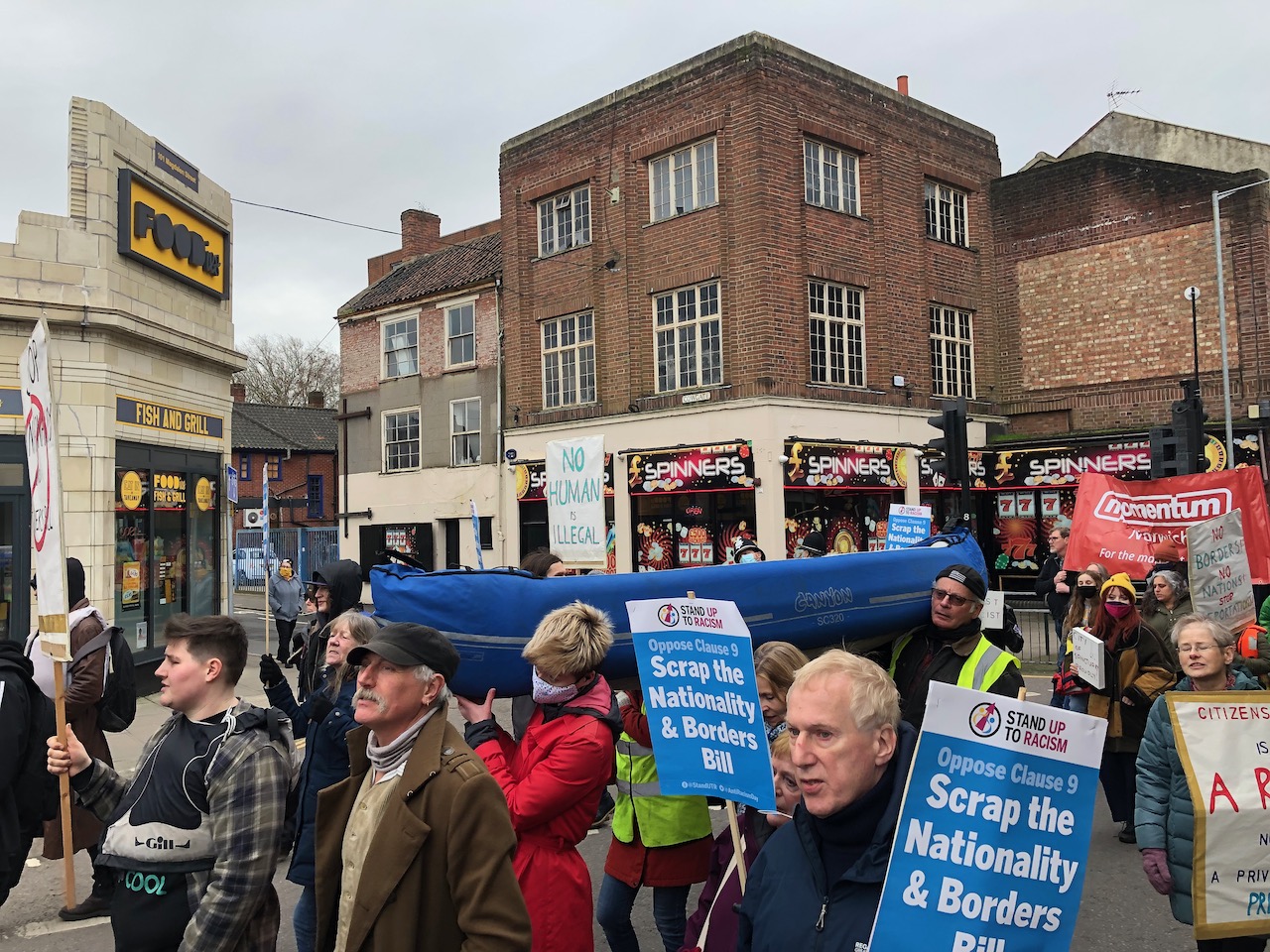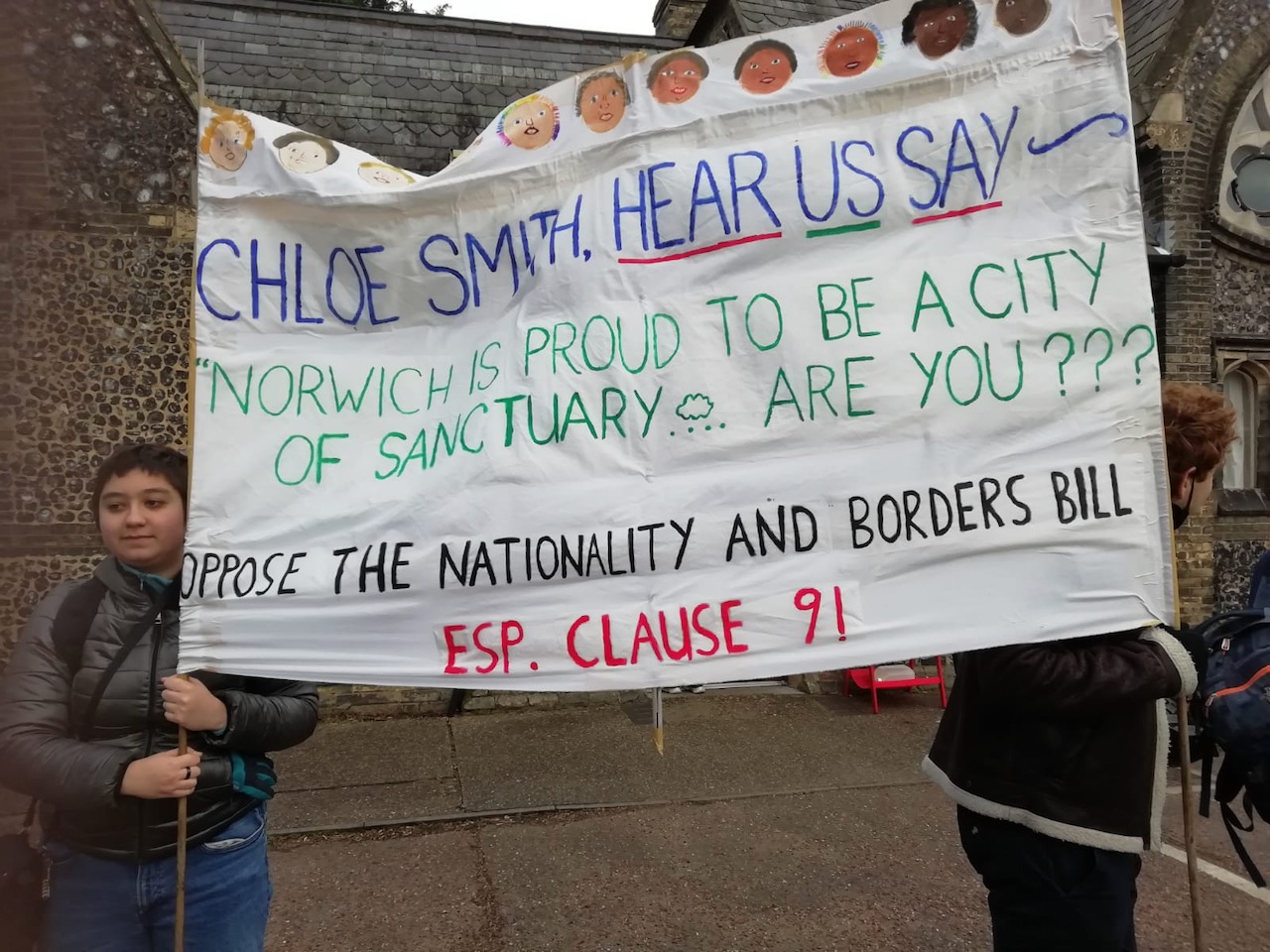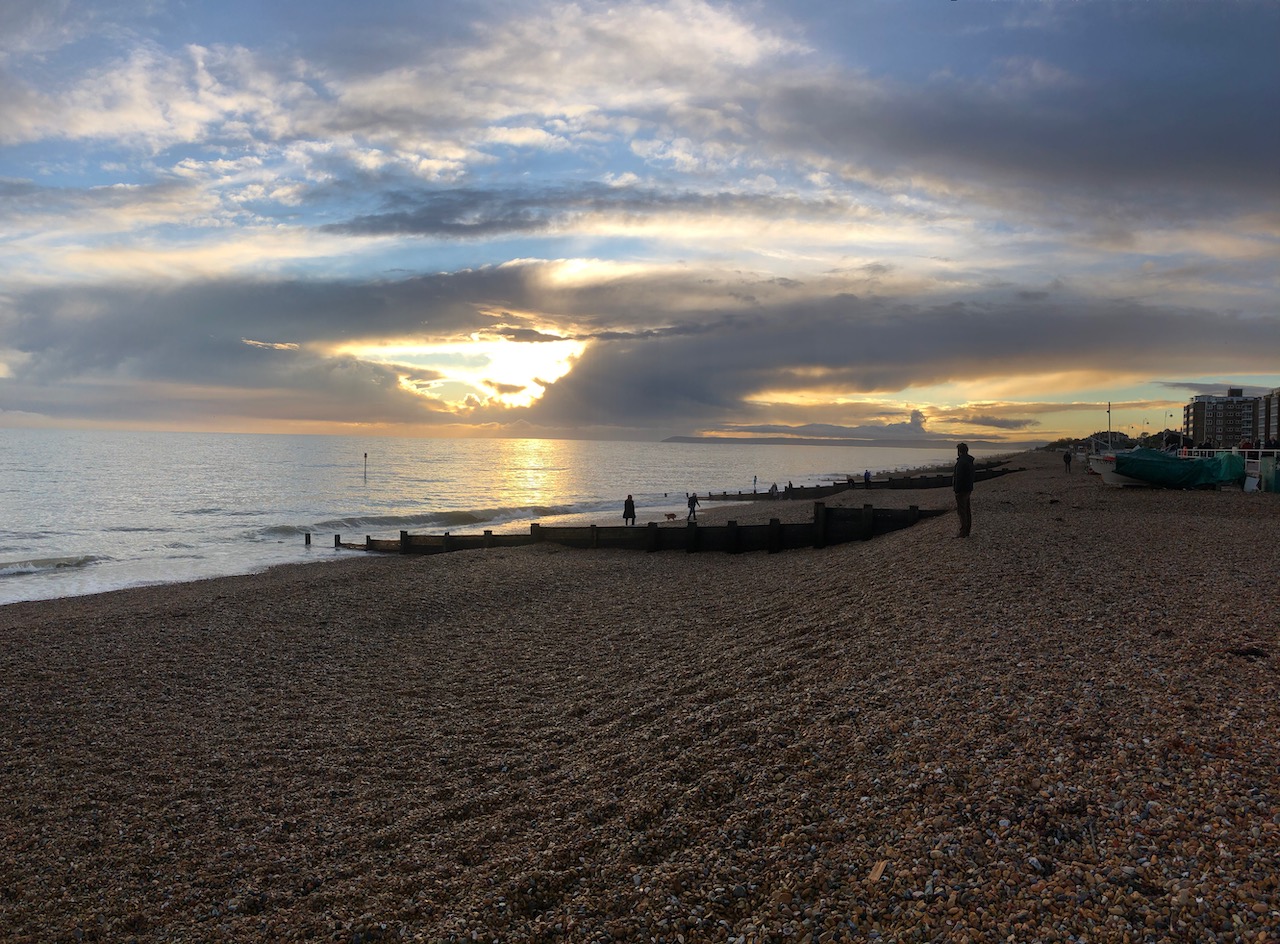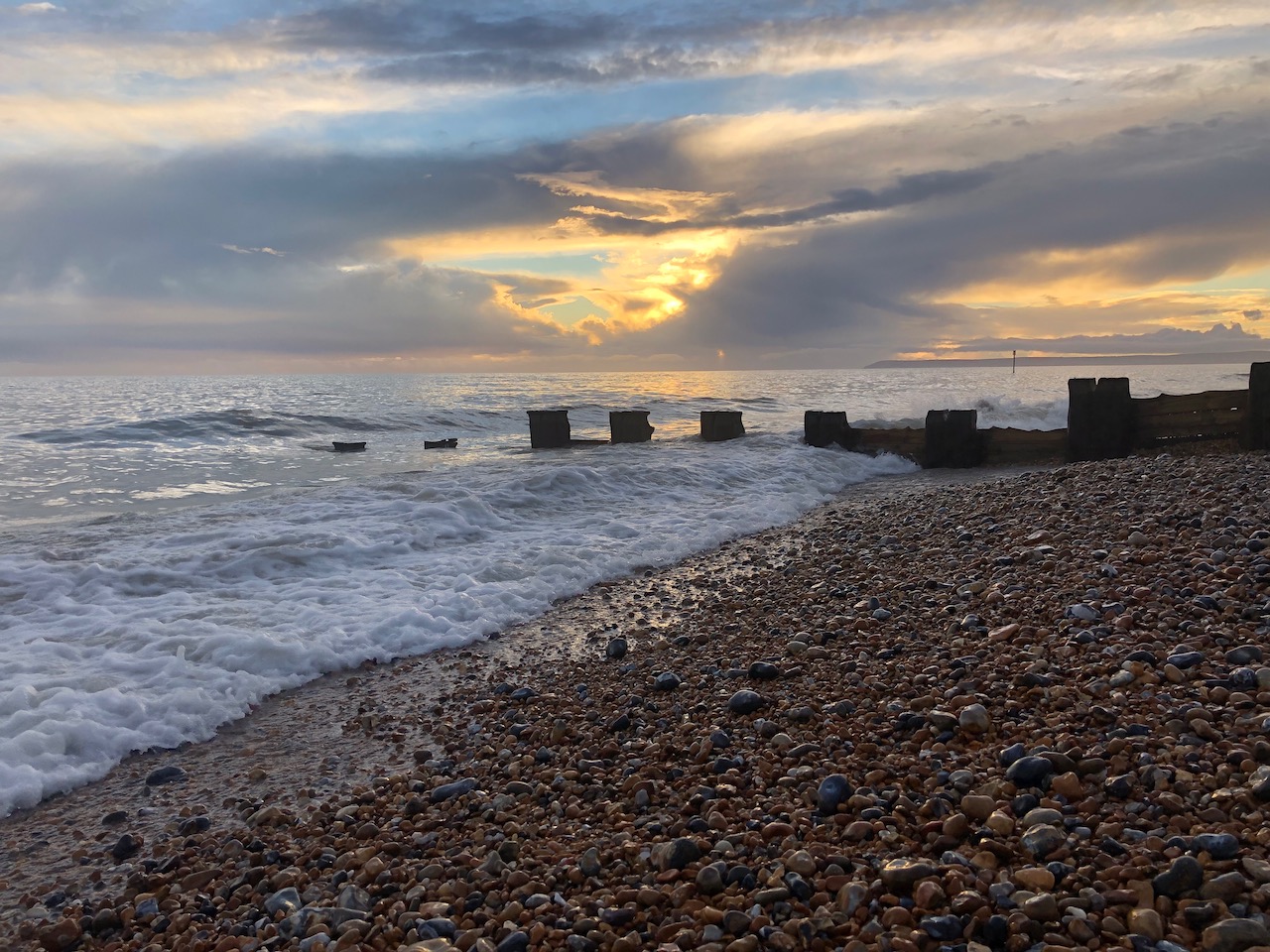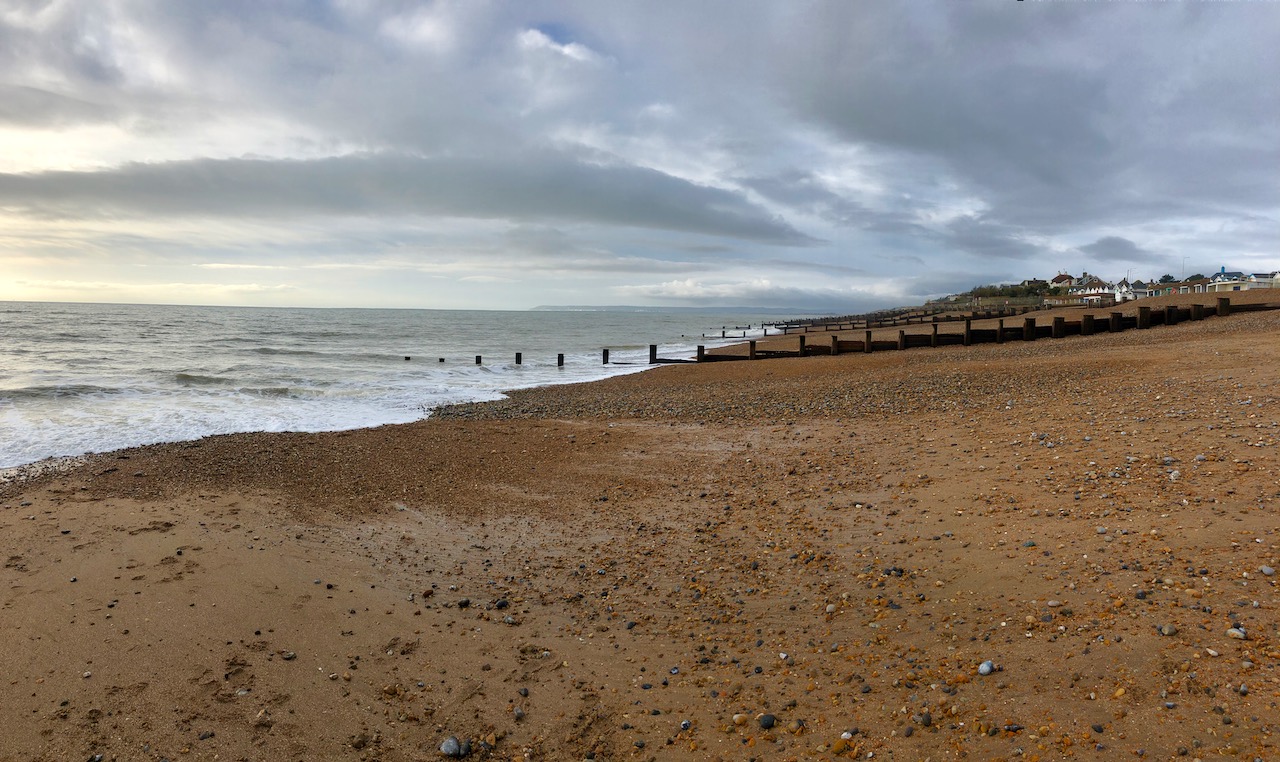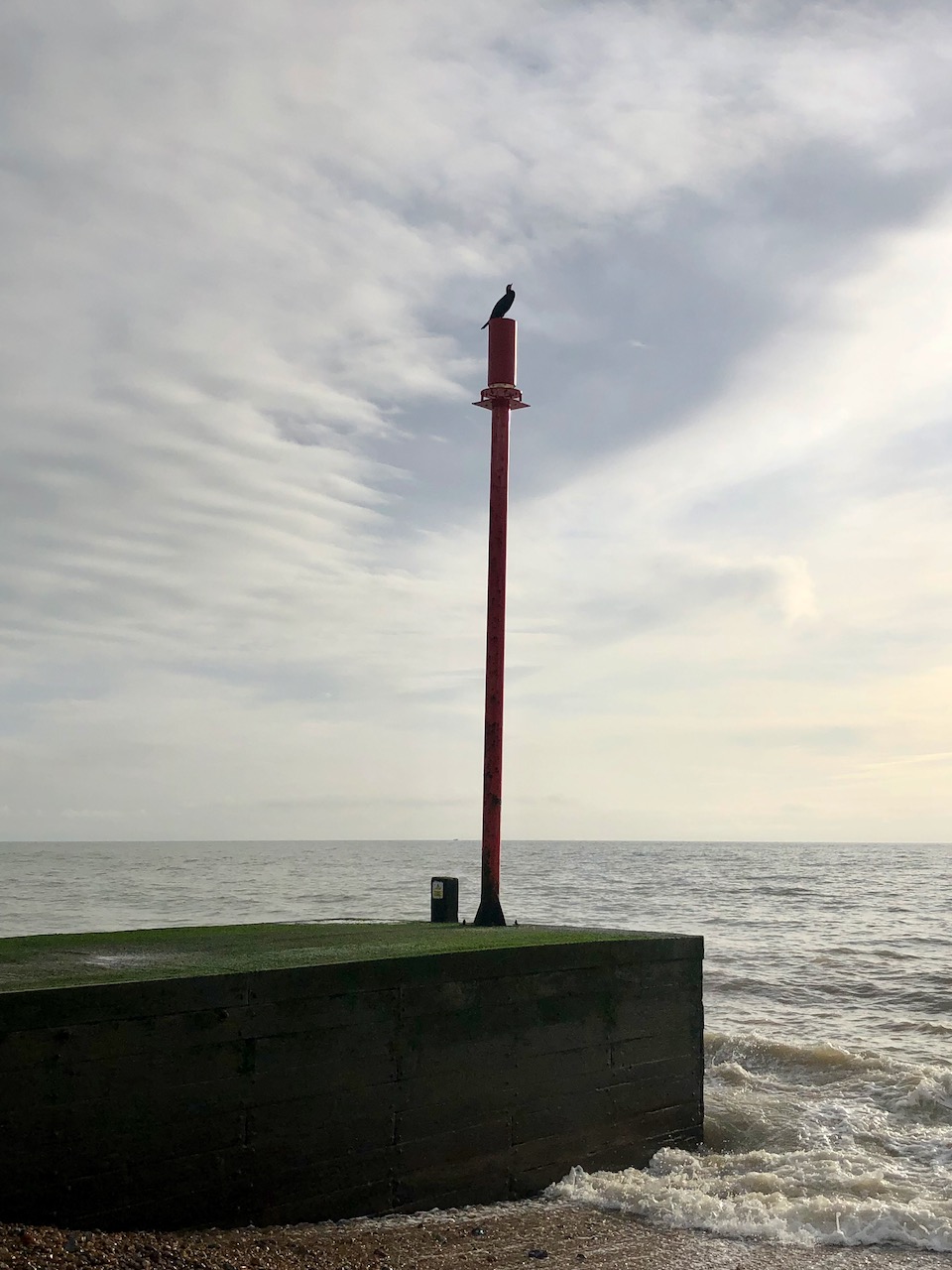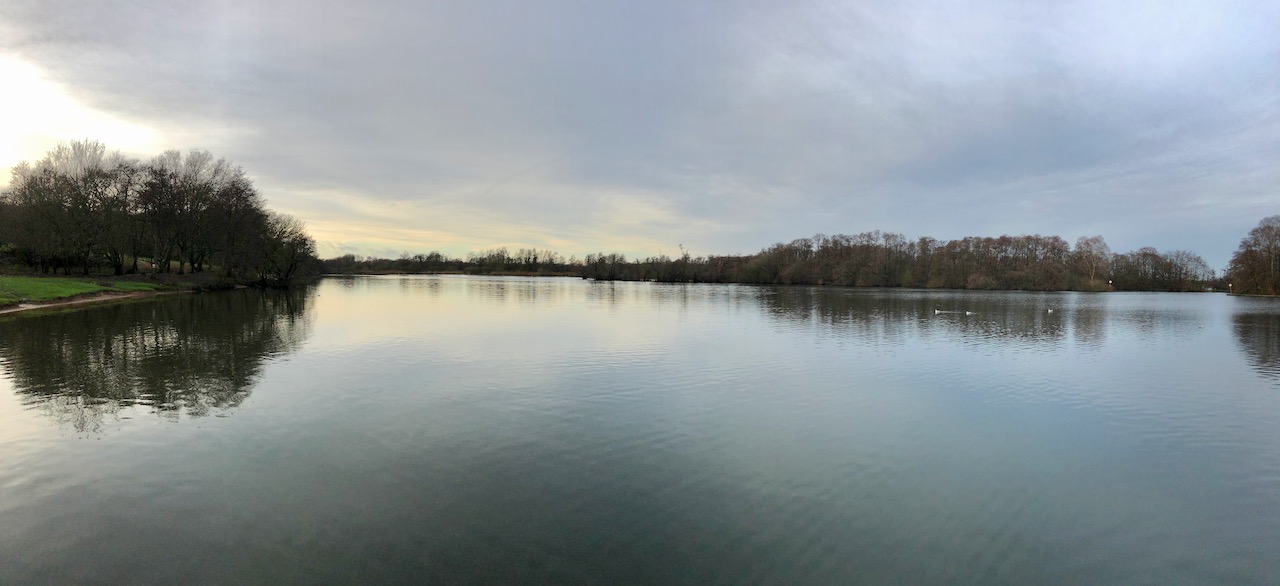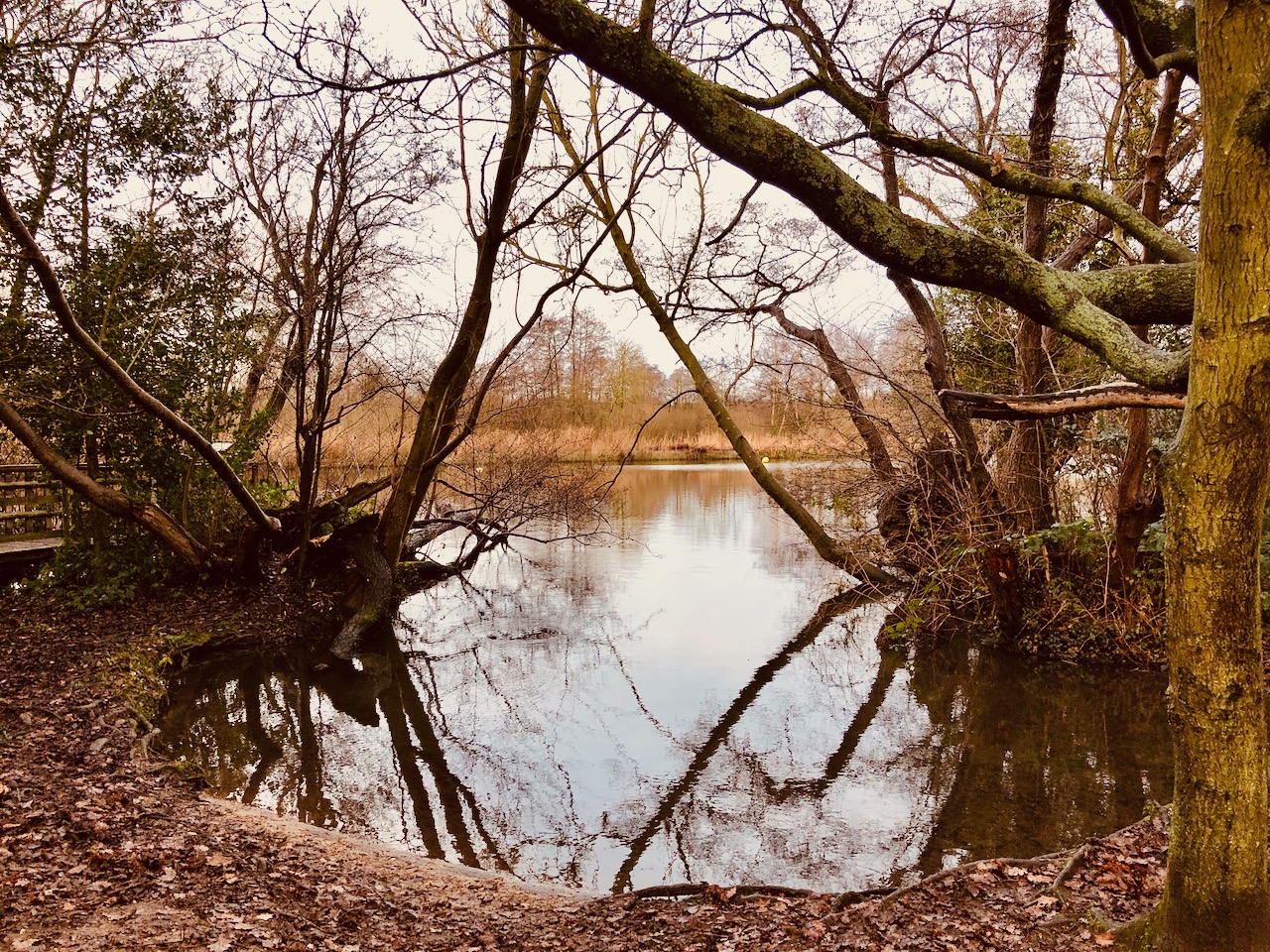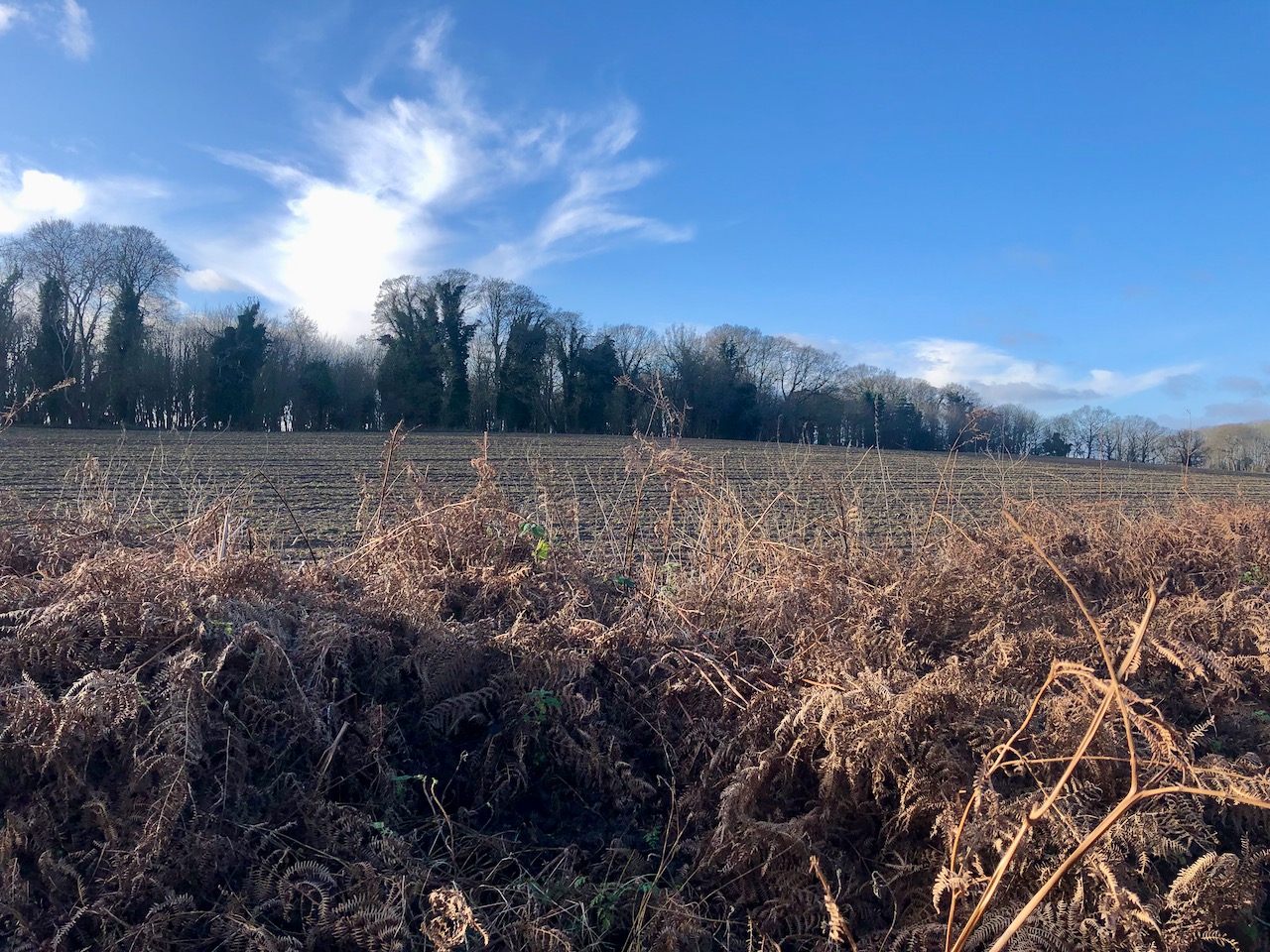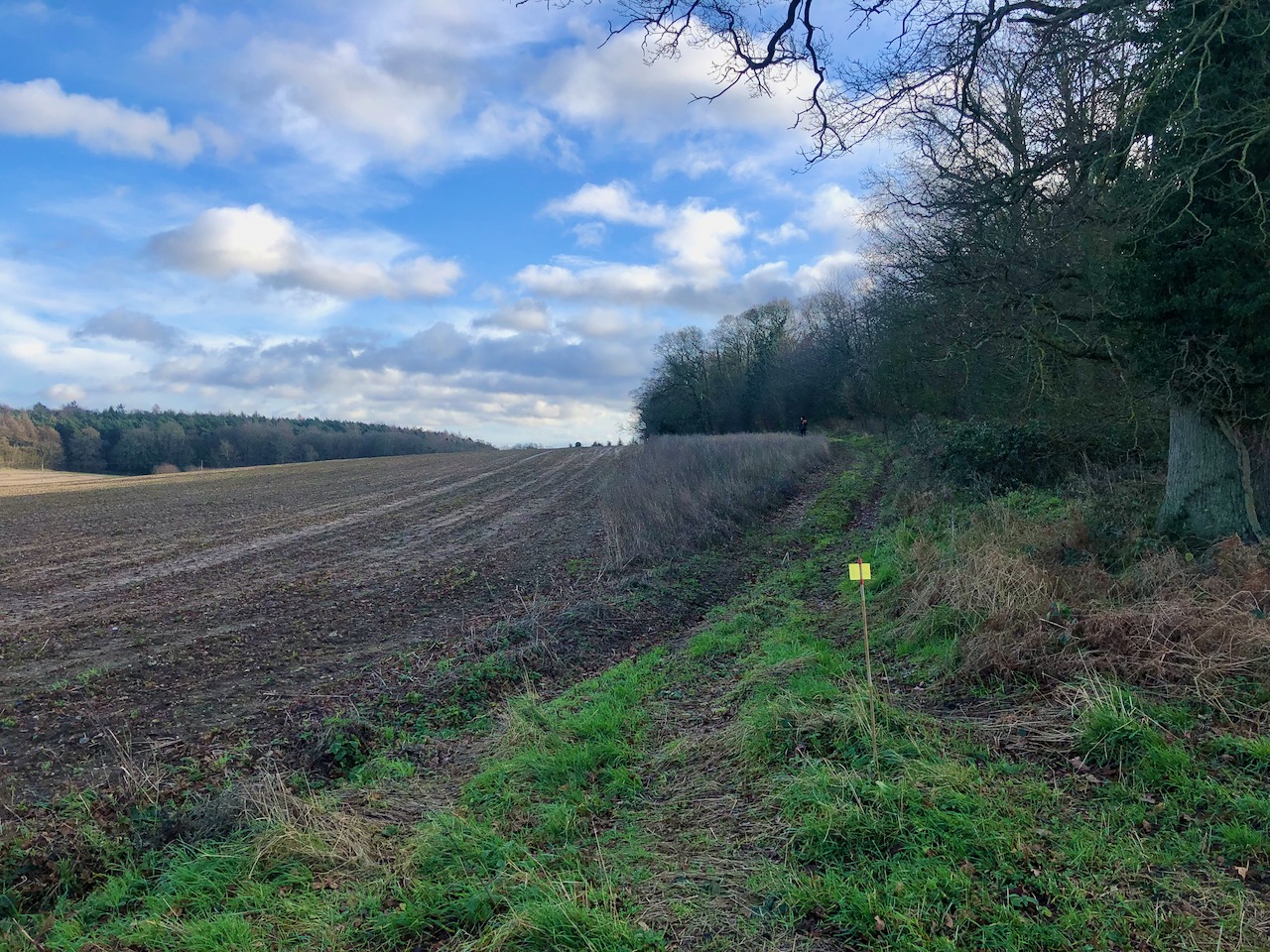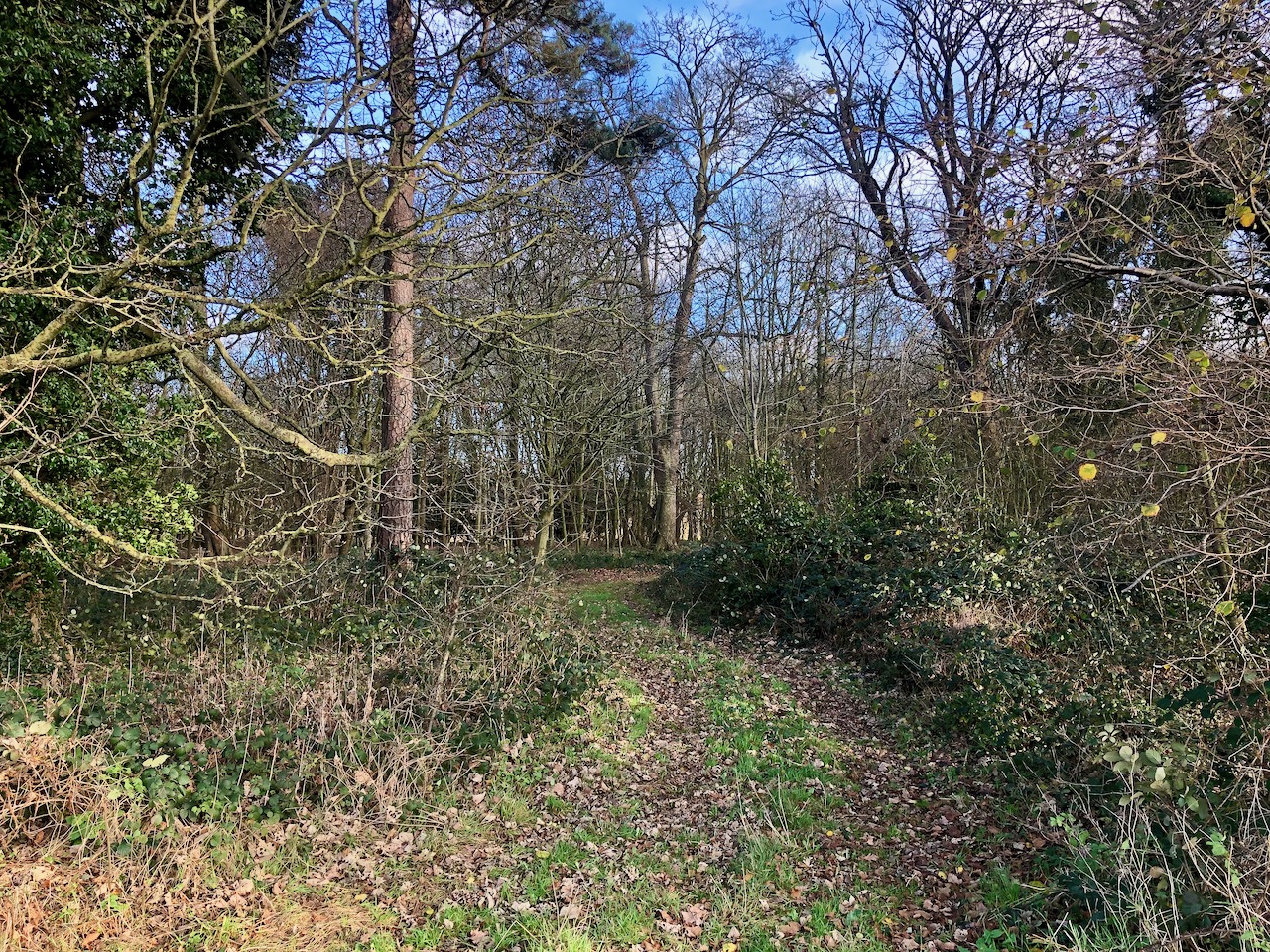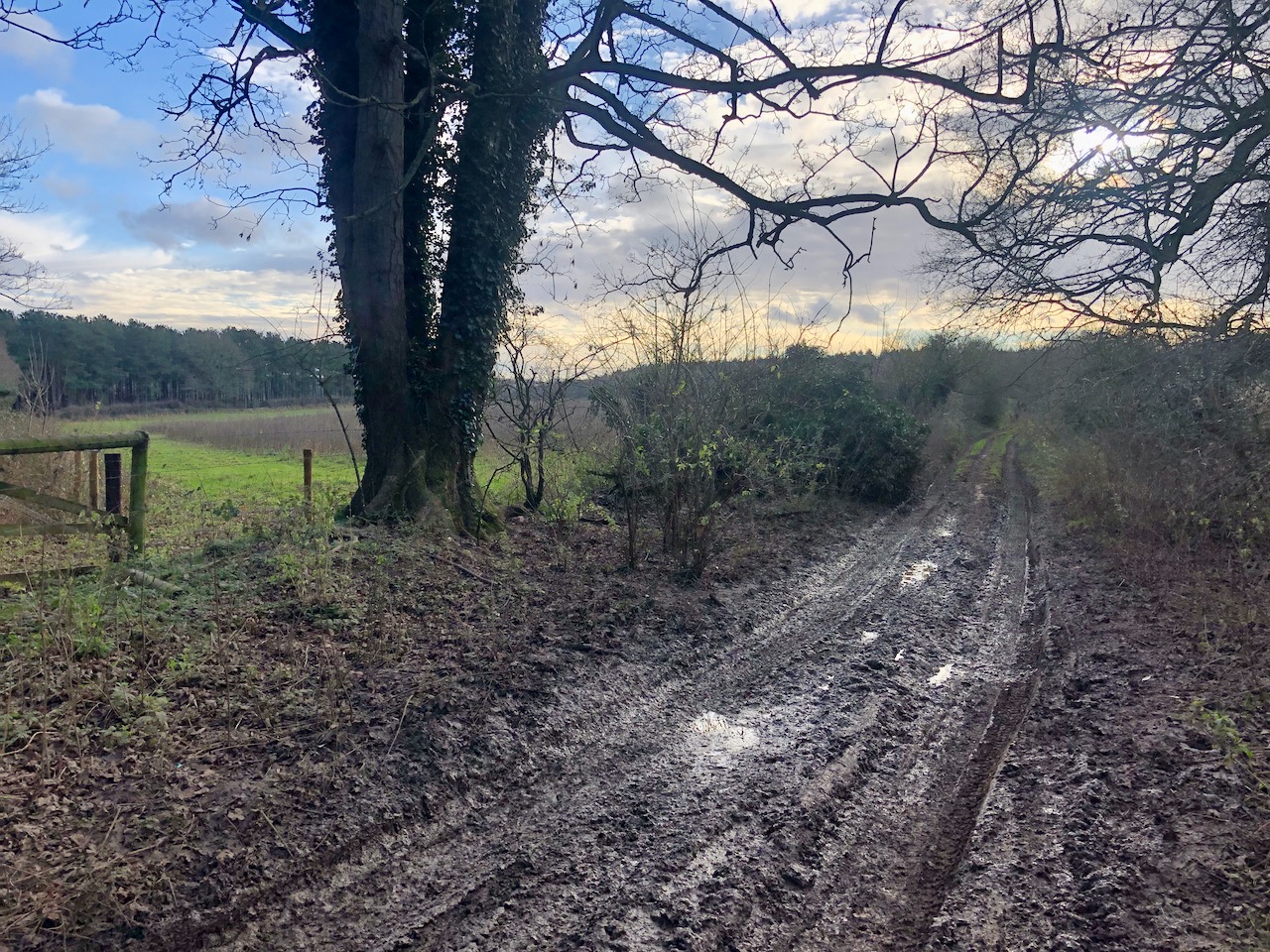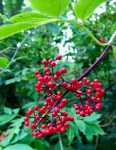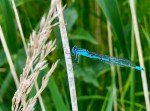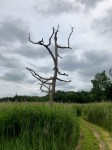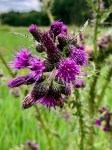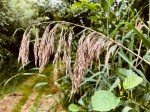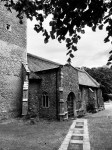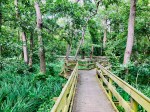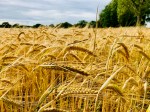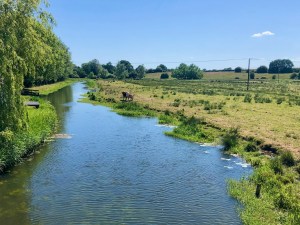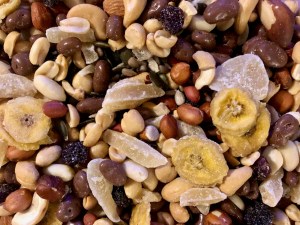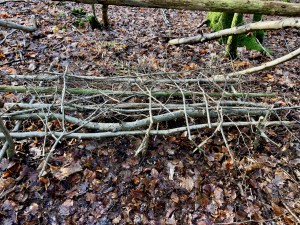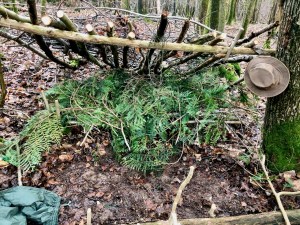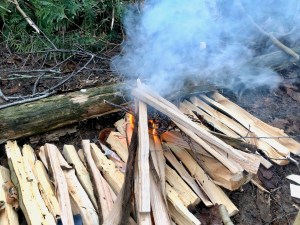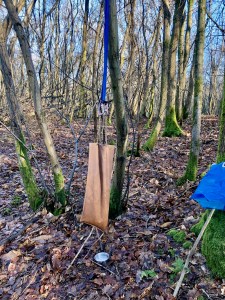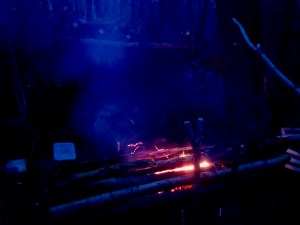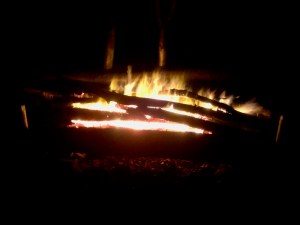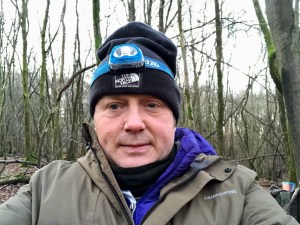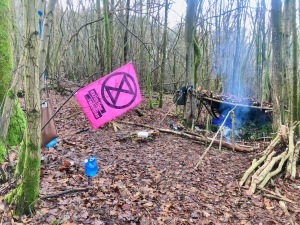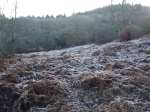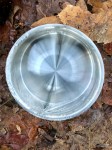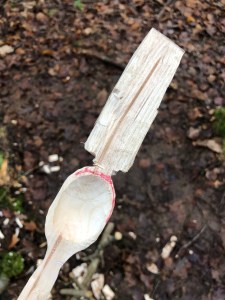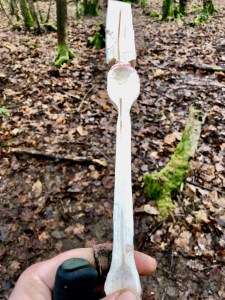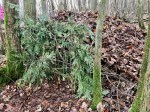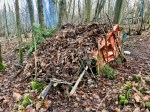I thought I’d share the response from my MP, Jerome Mayhew, to the email I sent him last Friday off the back of his newsletter. It was a little bit infuriating, and didn’t really address a lot of the points from my email, but credit where credit’s due to responding in a timely fashion.
If you are able to contribute to the most excellent Legal challenge to the Western Link and other new roads in Norfolk, please check out Dr Andrew Boswell’s page here. Andrew has worked very hard on this, and any donations are greatly appreciated: https://www.crowdjustice.com/case/stop-road-building-wrecking-climate-nature/
I’ve also included my response to Mr Mayhew’s response, further down this post, as I felt I had to challenge his claim that the Norwich Western Link will reduce carbon emissions. Firstly, here are some daffodils from my lunchtime walk, just to ease us in. There are a couple of ‘quiz’ photos later on.

Mr Mayhew’s email from 06 March 2023:
Dear Mr Harvey,
Thank you for your email.
Voter ID:
Voter ID is a policy that has been implemented by many countries across the world. It is pretty standard, including in parts of the European Union. In 2010, the Organisation for Security and Co-operation in Europe carried out a review of the elections in the United Kingdom at that point and it was clear that there was a weakness in our system around ensuring that identification was provided.
You ask about oyster cards and over 60 passes. It is extremely simple to answer that question. I would encourage you to go and look at the eligibility for 18-year-old Oyster cards and at the eligibility for 60+ Oyster cards. They are different. The eligibility for the 60+ card involves significantly more requirements, including a passport or a driving licence.
Having sat on the Bill Committee during the Election Bill’s Committee Stage I followed the progress of the Elections Act 2022 closely, so do please forgive me for the length of my reply. The Elections Act 2022 was introduced to the House of Commons in July 2021 and received Royal Assent on 28 April 2022.
Voter ID is not new. Northern Ireland has required paper ID at polling stations since 1985, and photo ID since 2003. It has proved to be effective at tackling fraud and has not curtailed election turnout. Identification to vote has been backed by the Electoral Commission and international election watchdogs. At present, it is harder to take out a library book or collect a parcel at a post office than it is to vote in someone else’s name. As in Northern Ireland, where electoral participation has not been curtailed, a free Voter Card will be available, for those voters who do not hold one of the approved forms of photo identification, when the scheme is rolled out across Great Britain. Under the Government’s proposals, anyone without an ID will be able to apply for a new free one – meaning that not a single voter will be disenfranchised.
In pilot schemes in 2019 and 2018, the overwhelming majority of people cast their vote without a problem and the success of the pilots proves that this is a reasonable and proportionate measure to take, and there was no notable adverse effect on turnout. Under the Government’s proposals, anyone without an ID will be able to apply for a new free one – meaning that not a single voter will be disenfranchised
Research has found that 98 per cent of the population as a whole and 99 per cent of those from ethnic minorities have some form of photo identification. Again anyone without an ID will be able to apply for a new free one – meaning that not a single voter will be disenfranchised.
The Act sets out a wide range of photo ID which can be used to vote at the polling station. This includes a UK passport or a passport issued by an EEA state or a Commonwealth country. A driving licence or provisional driving licence granted in Great Britain or Northern Ireland will also be accepted. Expired forms of identification will also be accepted as long as the photograph is a good enough likeness.
You can find a full list of the accepted identification documents here: https://www.gov.uk/government/publications/voter-identification-at-polling-stations-and-the-new-voter-card/protecting-the-integrity-of-our-elections-voter-identification-at-polling-stations-and-the-new-voter-card#annex-a-list-of-identity-documents-that-will-be-accepted.
Again, anyone who does not possess one of these forms of photo ID will be able to apply for free for a Voter Authority Certificate from their local authority – either online, by post or in person. Both our local district councils, North Norfolk and Broadland, have already put information up on their websites advising how to apply for a free ID card: https://www.north-norfolk.gov.uk/tasks/electoral-services/elections-act-2022/ andhttps://www.southnorfolkandbroadland.gov.uk/news/article/277/residents-need-photo-id-to-vote-at-elections-in-may.
Sir Eric, now Lord, Pickles’ independent review into electoral fraud raised a number of concerns and made recommendations on the role of the Electoral Commission and the current system of its oversight. The Pickles report also drew attention to the corruption that took place in the Tower Hamlets elections in 2014. It is for these reasons that the Government is placing a greater emphasis on the need to tackle and prevent electoral fraud. Additionally, the Pickles report criticised that the Electoral Commission gave Tower Hamlets a gold-star rating for electoral integrity in its inspection reports before the 2014 elections. It also noted that after the 2015 election court case, the Electoral Commission’s corporate plan and annual report both made no substantive reference to this major case or learning the lessons from it. Only last year the Electoral Commission was criticised for failing to provide any clear guidance on so-called ‘family voting’ – the unacceptable practice of men directing women how to vote inside polling stations in Tower Hamlets.
Norwich Western Link:
When you take into account the emissions associated with the construction of the Norwich Western Link, together with the reduction in emissions from vehicles that will use the route once built, modelling shows that there is likely to be an overall reduction in carbon emissions. A climate resilience assessment will also be prepared to look at current and future climatic factors, such as temperature, storms, wind, and rainfall and how that might impact the Norwich Western Link. The carbon assessment based on the proposals that will be put forward in the planning application will be included in the planning application documents.
We also need physical access to markets. I disagree with the CPRE about the NWL. We have created, essentially, an orbital route around Norwich, but rather like the situation with the M25 and the Thames, we have decided not to build the bridge. It is very damaging to connectivity, particularly for the north-east of the county getting access to the physical markets in the rest of the country. A consultation was undertaken and, taking that into account, the best route was reached. It deals with a huge amount of rat-running and links north Norfolk to the rest of the country.
As for the number of people contacting me to oppose the NWL, so far this year you are the only constituent to write to be to object. Whereas when I am out on the doorstep knocking on people’s doors the support is overwhelming,
I am afraid we are going to have to agree to disagree as I strongly support the NWL and will not be with drawing my support.
Ambulances:
When we look at queues in A&E we all generally think it is the front door of the hospital that is the problem i.e. getting people into A&E—but when I spoke to the Chief Executive of the Norfolk and Norwich, he told me that it is overwhelmingly the back door that is the problem, by which I mean people leaving the hospital. Consequently, this means ambulances are left waiting at hospitals for a bed to become available for their patient in the back. This is a point I have raised in Parliament, which you can see here: https://www.jeromemayhew.org.uk/news/contribution-debate-ambulance-waiting-times.
The Chancellor made a number of spending commitments at the Autumn Statement to put the adult social care system in England on a stronger financial footing and improve the quality of and access to care for many of the most vulnerable in our society. The Government will make available up to £2.8 billion in 2023-24 in England and £4.7 billion in 2024-25 to help support adult social care and discharge. This includes £1 billion of new grant funding in 2023-24 and £1.7 billion in 2024-25, further flexibility for local authorities on council tax and, having heard the concerns of local government, delaying the rollout of adult social care charging reform until October 2025.
£600 million will be distributed in 2023-24 and £1 billion in 2024-25 through the Better Care Fund to get people out of hospital on time into care settings, freeing up NHS beds for those that need them. A further £1.3 billion in 2023-24 and £1.9 billion in 2024-25 will be distributed to local authorities through the Social Care Grant for adult and children’s social care. Finally, £400 million in 2023-24 and £680 million in 2024-25 will be distributed through a grant ringfenced for adult social care which will also help to support discharge.
More locally I met the Chief Executive of the East of England Ambulance Service earlier this year and he told me that he is recruiting more clinicians in 999 control rooms so they can better triage patients and make sure they get the right support at the right time to patients in a clinically prioritised manner, particularly for cases which are more difficult to triage such as falls and to pass patients who perhaps do not need an ambulance to alternative services which can better meet their needs. Additionally, our local ambulance service is:
- Getting more ambulances on the road through additional recruitment, they now have 10% more ambulances on the road today than they did in October 2022.
- Working with NHS community services such as SWIFT to pass over clinically appropriate calls to them, and working with them to increase their capacity so that they can take patients and respond in a timely way to them.
- They are also changing they train their call handlers to make sure they can give better support and advice to patients when they call 999.
The East of England Ambulance has also opened a new handover unit at the James Paget Hospital and have taken over some space at the NNUH to help look after patients before they can be transferred into A&E departments.
Yours sincerely,
Jerome Mayhew MP
Photo break – some blossom, but I’m still trying to work out what tree it is; Sycamore? Lime? Please can someone put me out of my misery?

Rather than analyse Mr Mayhew’s points, and the way he really didn’t answer my question on ambulance response times. Here’ my reply to him.
Dear Mr Mayhew,
Thank you as always for your prompt and detailed reply. I hope you’ll forgive the length of my response, however there’s a lot to cover.
On voter ID I still think this disadvantages the young, and those not able to afford a passport. Plus I don’t think the changes are necessary given we have very low electoral fraud. I guess we’ll see what the voting demographics look like in May and beyond.
With regards to ambulances, your response is interesting, but that wasn’t my question. I was challenging the claim that the Norwich Western Link (NWL) will cut 20 mins of ambulance response times, as this appears very spurious for the reasons I stated.
I want to provide a more detailed response to your explanation of how the NWL will reduce carbon emissions. I just don’t think this is true, and at a time when we’re facing increased drought, wildfires and harvest failures just in Norfolk, not to mention the impacts of the climate crisis world-wide, we have to start facing up to reality. It simply isn’t fair to be burdening the younger generation with environmental debt, as well as the increased risk of severe impacts from climate change, because we want to build new roads for the benefit and profit of a few.
I believe the modelling you’re referring to has been done by the County Council, to show a drop in emissions. I wonder if this makes an assumption that vehicles will be converting to electric? If so, that really isn’t relevant in terms of emissions reduction from building the road. When we look at the carbon cost from building the road, along with the increased number of cars from induced traffic, emissions can only go up. This coupled with the ecological cost means it’s inexcusable to be considering building new roads at this juncture; a conclusion the Welsh Government recently reached themselves.
We’re in a climate and ecological emergency, our house is literally on fire. Antonio Guterres has told us we’re on the highway to climate hell with our foot on the accelerator. We have reports from IPCC, the International Energy Association, the Government’s own Climate Change Committee and thousands of climate scientists saying we need to cut emissions now, and preserve nature; we’re the most nature denuded country in Europe and we want to irreparably damage a site of special scientific interest and a conservation area (The Wensum Valley)? Feels like the wrong thing to do to me. The UN says we have to halve emissions in the next decade to meet our obligations from the Paris agreement, and UK/Norfolk targets.
More detail below.
Emissions from Construction
The planned Western Link Road has an estimated carbon cost of 100,000 tonnes of carbon dioxide. When combined with the other carbon costs from road building in Norfolk in 2024 and 2025, we get to a figure of 250,000 tonnes. That’s 7% of the Norfolk Local Transport Plan carbon budget for those years meaning that unless cuts were made elsewhere (very unlikely) Norfolk won’t meet it’s targets, which would also impact the UK’s overall target. This is without taking into account the carbon that would be released from destroying semi-ancient woodland, and soil structure/plants/animals which sequester huge amounts of carbon. All that concrete, steel and tarmac comes at a cost.
Emissions from traffic
As I mentioned in my original email, increasing road capacity increases the number of cars on the roads, as proven by induced traffic effect studies. The Western Link, if built, will do exactly this. This traffic will emit more carbon dioxide until it is all electrified, which probably won’t be until at least 2050. The increased emissions will contribute to taking us beyond Norfolk and UK’s carbon budget. Traffic modelling by the council has shown that carbon emissions in the area from the road won’t reduce in line with Government projections for the Net Zero Strategy, as well as projections in the Local Transport Plan.
Wildlife
The Wensum Valley is the last green corridor into Norwich. I think of it as the lungs of the city. The corridor allows wildlife to move around and nature to thrive. The Government is targeting 2042 to halt the decline in our wildlife populations, in the Environment Act, and NWL isn’t compatible with this. The Wensum Valley is a rare and protected landscape, with many endangered species including the Barbastelle Bat. It really needs to be conserved to meet our targets, and for the sakes of current and future generations.
Net Zero Strategy and the Legal Implications
Finally a note on the Net Zero Strategy. The building of this road will impact the UK’s Net Zero Target, which is already too far into the future to stop many of the severe impacts from climate change. I do not believe the council has properly assessed this impact, or the impact from other road building in Norfolk. I believe there is already a legal challenge about this. The High Court, in 2022, already told us the Net Zero Strategy is at risk. The Climate Change Committee is saying the same thing. We need to be looking at the cumulative impact on emissions, as well as other environmental factors, of building this road, per the Infrastructure Planning (Environmental Impact Assessment) Regulations 2017.
There are already lawsuits being brought against Governments and Fossil Fuel Companies across the Globe for inaction on the climate crisis, and for deliberately making things worse; we have a duty to not sell ourselves and future generations down the river. This generation risks being labelled as climate criminals, and facing lawsuits for inaction or culpability in the disruption and deaths of thousands locally, and millions worldwide.
Conclusions
This may sounds dramatic, but the climate crisis is happening now. Millions are being impacted and are dying right now; 1 person every 36 seconds in East Africa due to famine and drought caused by the climate crisis. 33 million people displaced in Pakistan due to flooding. Over 3,000 deaths cause by the heatwave in the UK last year alone.
Inaction on the climate and ecological crisis, as well as greenwashing, false accounting for carbon emissions, putting profit before planet and people is really impacting many people’s, including myself, mental and physical health. It seems completely hopeless when the evidence is ignored and we press ahead with ecocidal road schemes, as well as new oil, gas and now coal projects in the UK. The impacts from the climate and ecological emergency are increasing at an alarming rate, with more wildfires, drought, famine, floods and extreme weather, as well as increased risks in this country from diseases, ocean acidification, and rising ocean levels – if the Thwaites Glacier goes then that’s London and many other coastal cities around the world at risk or submerged, leading to the displacement of millions.
I know you’re likely to say we’re world leading at cutting emissions, and that we have a plan to get to net zero by 2050. 2050 is too late, and we’re not world leading, especially when we’re opening new coal mines, building new roads, and aiming to grant over 100 new oil and gas licenses in the North Sea. Our carbon accounting also doesn’t include emissions from goods we import from overseas, plus the shipping or aviation costs. We need to take into account our historic emissions; we’re world leading on that having started the industrial revolution. We simply don’t have any carbon budget left if we want to give developing countries a chance to catch up, or do we just not care about them? And the argument about China and the US needing to do more, whilst valid, doesn’t really take into account individual carbon footprints; the average UK person’s carbon footprint is massively higher than most people’s in the Global South.
Locally, rather that investing in new roads including the NWL, please can we invest in public and active transport (active transport would help the NHS too by making people healthier), as well as conserving and regenerating nature. Let’s invest in renewables and make Norfolk and East Anglia truly UK leading, and possibly world leading, on renewable energy, sustainability, responsible farming practices and Green technology. That would be something to be very proud of.
I hope some of this has been useful, and as before I would welcome the opportunity to speak to you about this at on of your surgeries.
I look forward to hearing back from you.
Yours sincerely,
James Harvey
I really don’t know if I’ll get a reply to this, we’ll see. In closing here’s a deer track I found in the woods the other day. I’d seen Red Deer, Roe Deer and Muntjac Deer that day. Which do you think made this track? I think Roe Deer as it was in a deer couch.
